
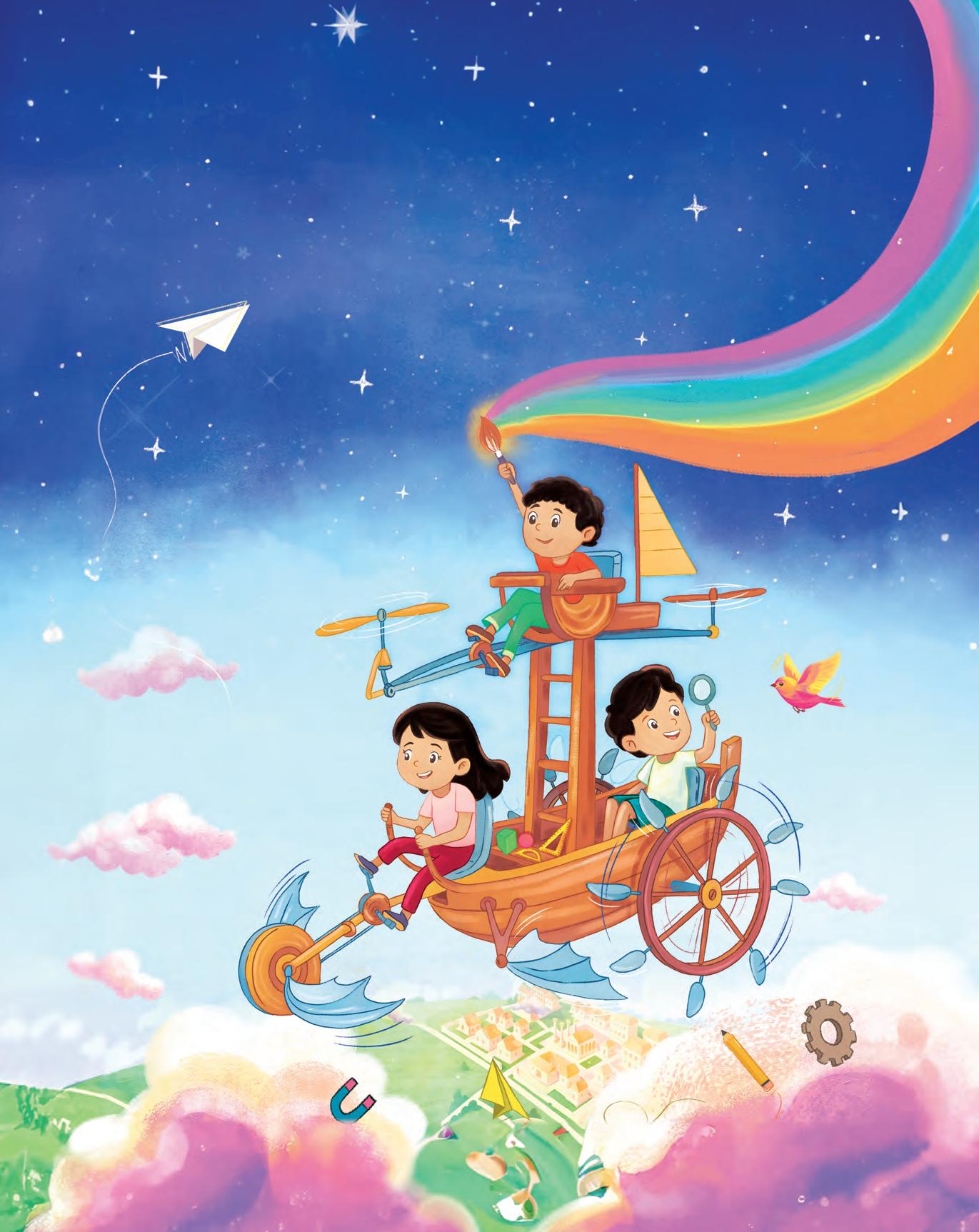

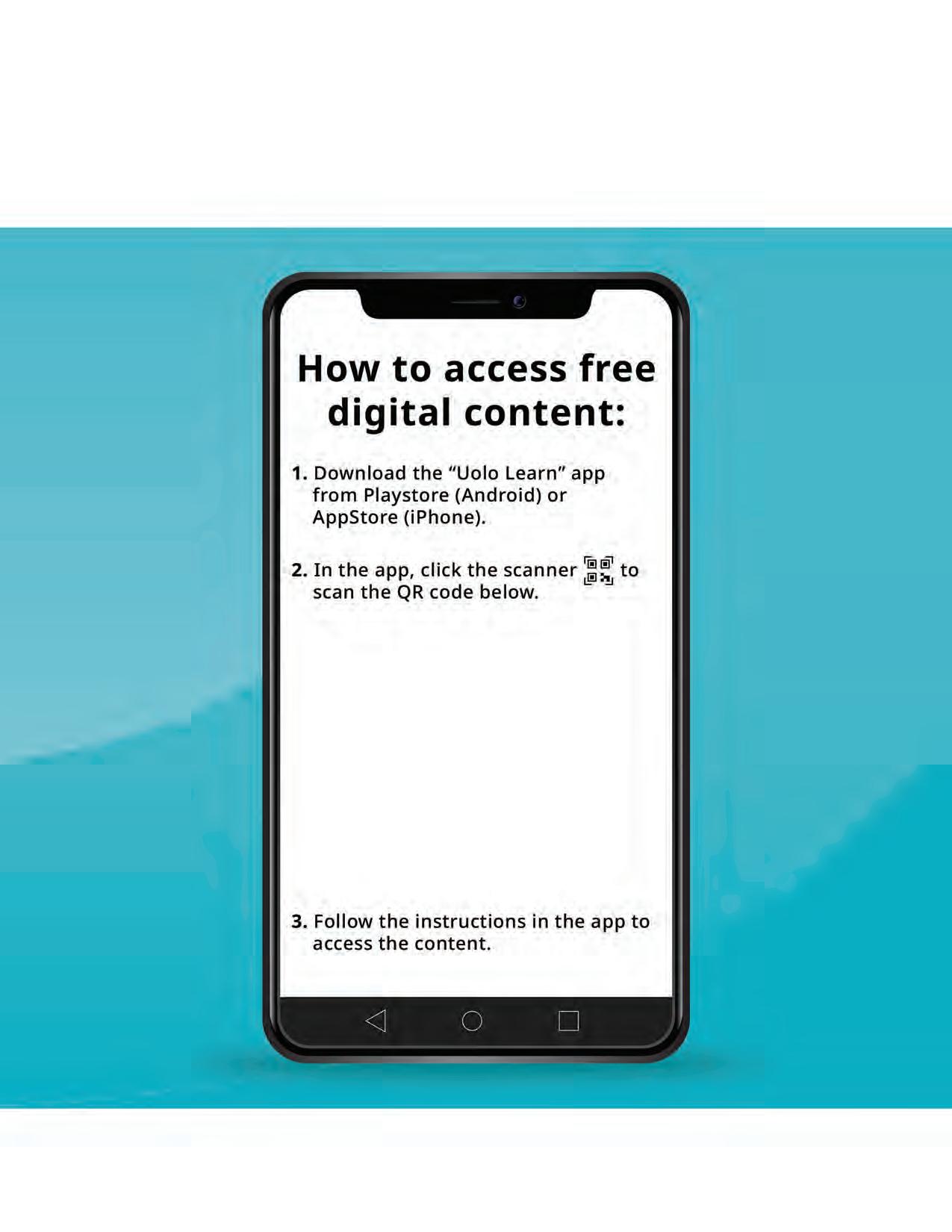






Academic Authors: Binny Singhal, Diksha Sharma
Design & Production: Satish, Mangal Singh Rana, Wajahat Khan, Sneha Sharma, Vishesh Agarwal
Project Lead: Bhavna Tripathi
VP, Learning: Abhishek Bhatnagar
All products and brand names used in this book are trademarks, registered trademarks or trade names of their respective owners.
© Uolo EdTech Private Limited
First edition 2026
This book is sold subject to the condition that it shall not by way of trade or otherwise, be lent, resold, hired out, or otherwise circulated without the publisher’s prior written consent in any form of binding or cover other than that in which it is published and without a similar condition including this condition being imposed on the subsequent purchaser and without limiting the rights under copyright reserved above, no part of this publication may be reproduced, stored in or introduced into a retrieval system, or transmitted in any form or by any means, electronic, mechanical, photocopying, recording or otherwise, without the prior written permission of both the copyright owner and the above-mentioned publisher of this book.
Book Title: STEM Exploration 2
ISBN: 978-93-49697-05-8
Published by Uolo EdTech Private Limited
Corporate Office Address:
91Springboard, 3rd Floor
145, Sector 44, Gurugram, Haryana 122003
CIN: U74999DL2017PTC322986
Printed by: Printpro Solutions
Illustrations and images: www.shutterstock.com, www.stock.adobe.com and www.freepik.com
All suggested use of the internet should be under adult supervision.
In today’s dynamic world, nurturing curiosity, critical thinking and creativity in learners is essential for preparing them to be the innovators and problem-solvers of tomorrow. STEAM education—integrating Science, Technology, Engineering, Arts and Mathematics—offers a holistic and experiential approach to support this endeavour. By encouraging learners to ask questions, make predictions and experiment, STEAM transforms learning into a joyful process of exploration and discovery while building essential life skills such as problem-solving, analytical thinking and collaboration.
At Uolo, we recognise the transformative potential of STEAM learning. The Uolo STEM Exploration series is based on the vision of the National Education Policy (NEP) 2020 and the National Curriculum Framework (NCF) 2022–23 , reflecting the shift from rote memorisation to experiential, multidisciplinary and competency-based learning. By making learning joyful, discovery-driven and rooted in real-life contexts, the series encourages inquisitiveness, creativity and the spirit of teamwork to enable learners to explore scientific and mathematical concepts in visual and creative ways. Through interdisciplinary connections, the use of accessible materials and a focus on real-world applications, it ensures that the learning remains inclusive, meaningful and lasting.
In line with global perspectives, STEAM is recognised as a pathway to nurture innovation and adaptability while contributing to the United Nations Sustainable Development Goals (SDGs). The STEM Exploration series embraces this global mission, ensuring that learners are prepared to contribute to a sustainable and equitable future.
The STEM Exploration series features age-appropriate, visually engaging and well-structured activities that integrate one or more disciplines of Science, Technology, Engineering, Arts and Mathematics. The book has been thoughtfully designed to spark curiosity and foster inquiry-driven learning through hands-on experiences that connect core concepts with the real world. Each activity inspires learners to observe, test and reflect, giving them the ability to think critically and apply their learning to every day situations.
To further enrich the learning experience, the series comes with digital content, provided free of cost, to ensure a seamless and holistic learning experience for learners. This content is accessible through QR codes, offering live demonstrations of activities for visual and self-paced learning. Together, these components nurture a dynamic learning journey that connects knowledge with skills, preparing children to innovate and thrive.
Uolo is accredited by STEM.org, one of the world’s leading STEM education research and credentialing organisations. This recognition validates the quality, authenticity and impact of our educational offerings. The content has been reviewed and approved by STEM.org’s rigorous standards, underscoring our commitment to delivering globally benchmarked educational resources.
By integrating artistic expression with scientific exploration, the STEM Exploration series nurtures learners to be inquisitive, confident and competent—ready to question, innovate and contribute meaningfully as global citizens.
We extend our warmest wishes to educators, parents and learners as they embark on this journey of discovery and innovation. Together, let us make learning an adventure that sparks imagination and inspires lifelong curiosity.
The STEM Exploration series sparks curiosity through hands-on, inquiry-led activities that align with the NEP 2020. Children observe, question, explore and solve, thereby, building scientific temper, creativity and problem-solving skills.


The activities in the book integrate Science, Technology, Engineering, Arts and Mathematics, encouraging interdisciplinary connections.
The book features vivid colours and lively illustrations to engage learners. A real-life image is provided at the end of each activity, helping learners connect concepts with practical outcomes.
All experiments are safe, age-appropriate and use low-cost and easily available materials, with clear step-by-step instructions for easy execution.

The activities encourage ‘learning by doing’. The Science Behind It section includes simplified explanations of the underlying principle while the Find Out More section offers extension activities for deeper exploration.

Experiments and worksheets connect learning to daily life and local contexts, making it practical and meaningful. The Real-Life Connect highlights direct applications of the concepts, showing learners how classroom concepts are relevant in the world around them.

Each activity is followed by a fun, application-based worksheet that helps learners revise and reinforce the key concepts. QR codes provide experiment videos for better clarity and self-paced learning.

Each activity in this book is thoughtfully designed to integrate the domains of STEAM—Science, Technology, Engineering, Arts and Mathematics. The table illustrates how activities align with one or more STEAM areas, ensuring that learning is interdisciplinary, engaging and competency-driven, in line with the NEP 2020 and NCF 2022 –23.

Before you begin, collect everything you need for the experiment. Having your materials ready saves time and keeps the process smooth.
Good scientists are curious. Don’t just follow the steps — stop and ask ‘Why did this happen?’ or ‘How does this work?’ The more questions you ask, the deeper your understanding will be.

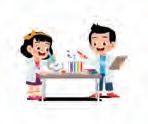
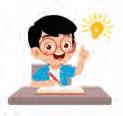
Use each experiment as a starting point. If something surprises you, try it again with a change. New questions lead to new experiments, and that’s how real discoveries happen!
Not every experiment works the first time, and that’s okay. Instead of feeling discouraged, think about what might have gone wrong and what you can adjust. Failure often teaches you more than success.
Maintain a journal for all your experiments. Record observations, results, sketches and reflections. Journalling helps organise your thoughts, track progress over time and sparks ideas for future experiments.
Science and experimentation is all about enjoying the process of discovery. Even small results can be exciting if you pay attention. Look for the ‘Aha!’ moments and celebrate them.



In

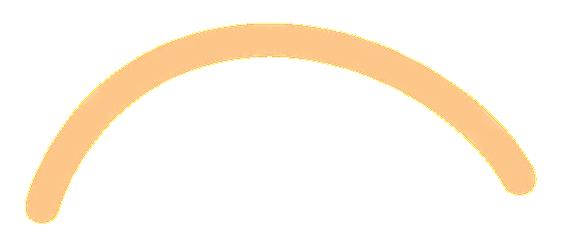
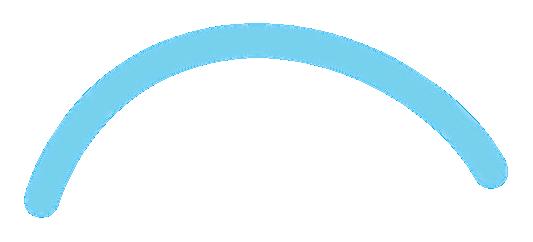
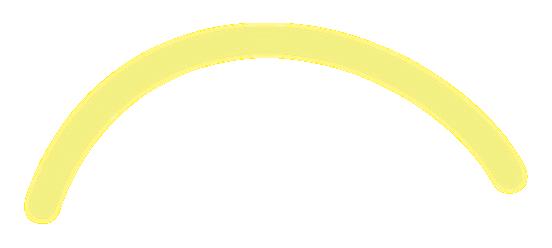
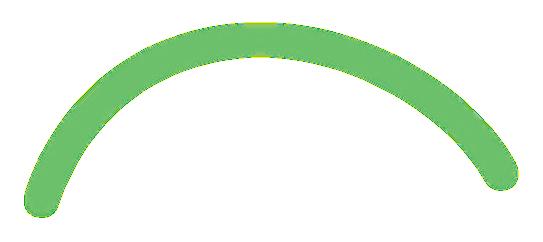


Get Set


Look
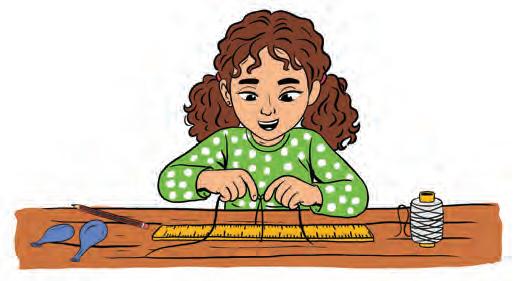

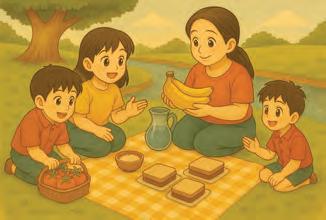


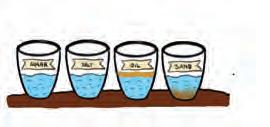

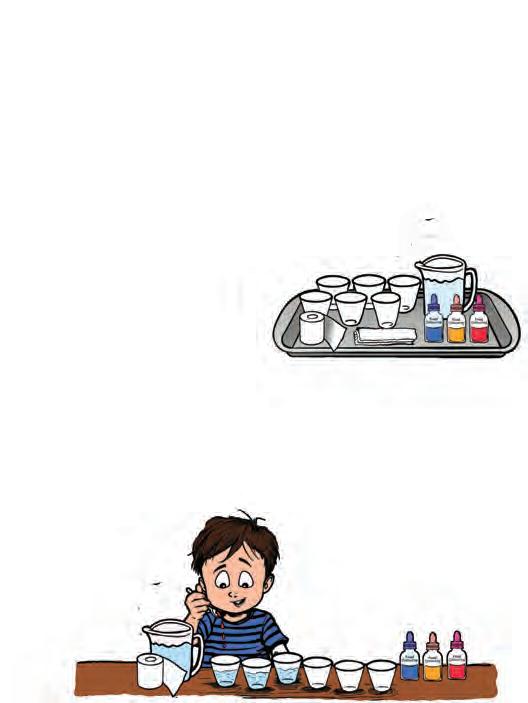


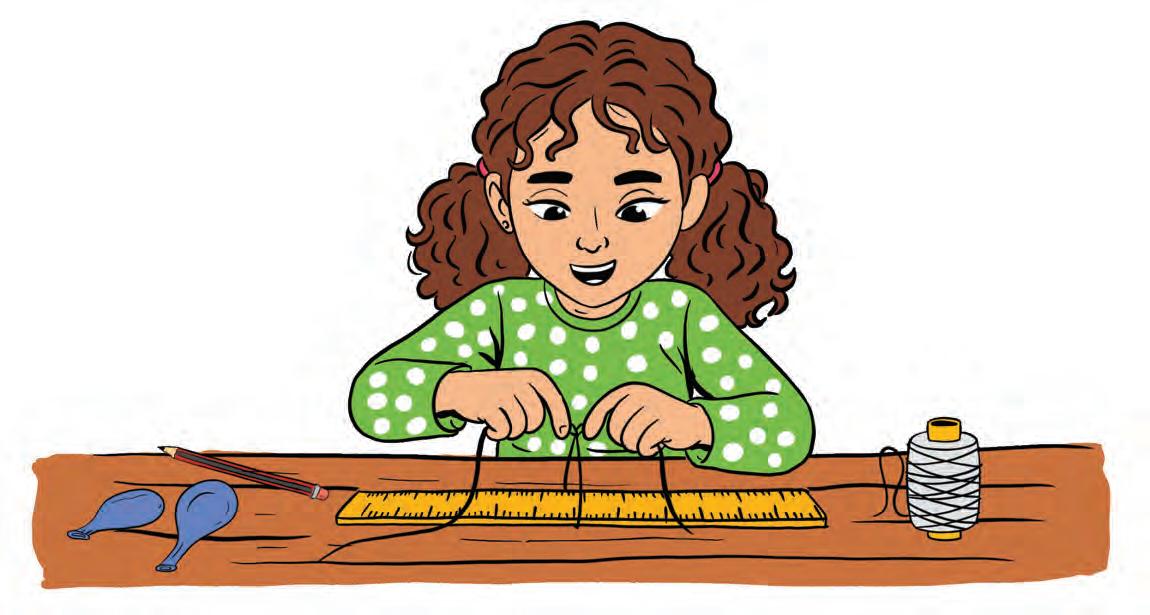


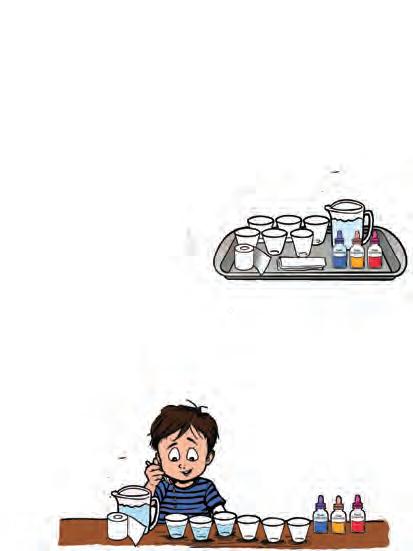
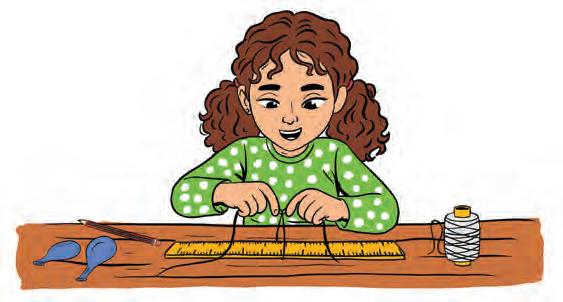




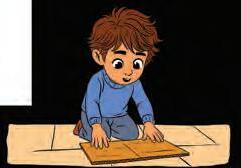

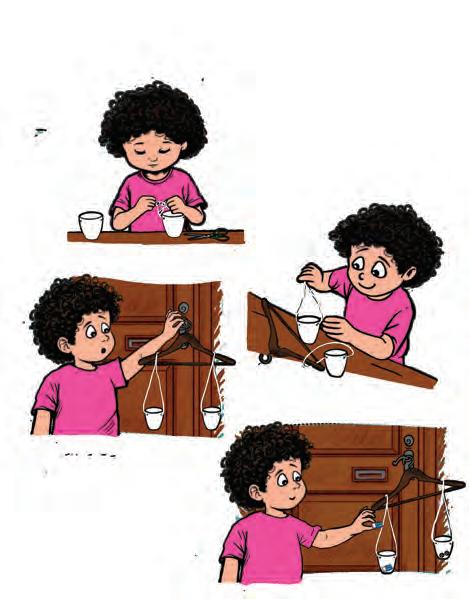

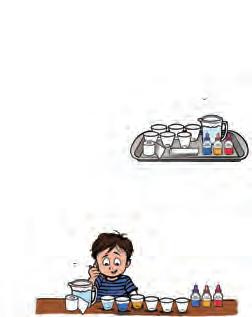
A visual representation of the activity that connects concepts with practical outcomes



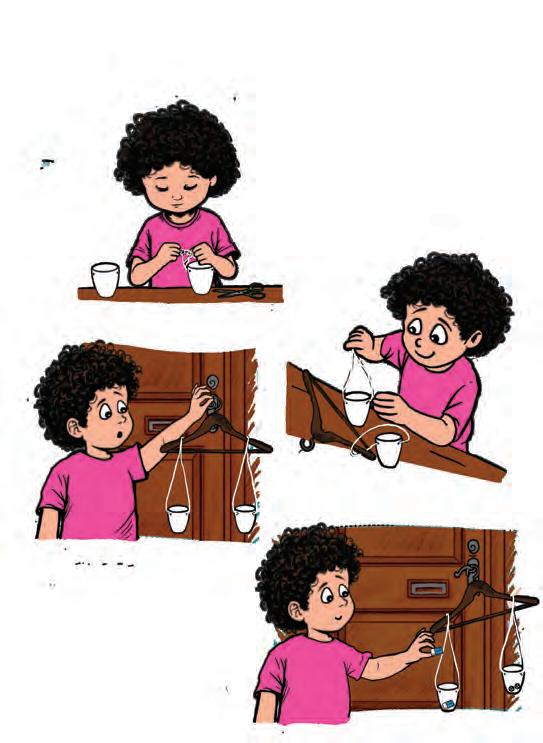

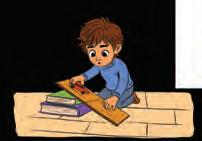




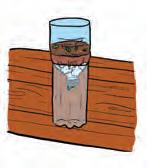



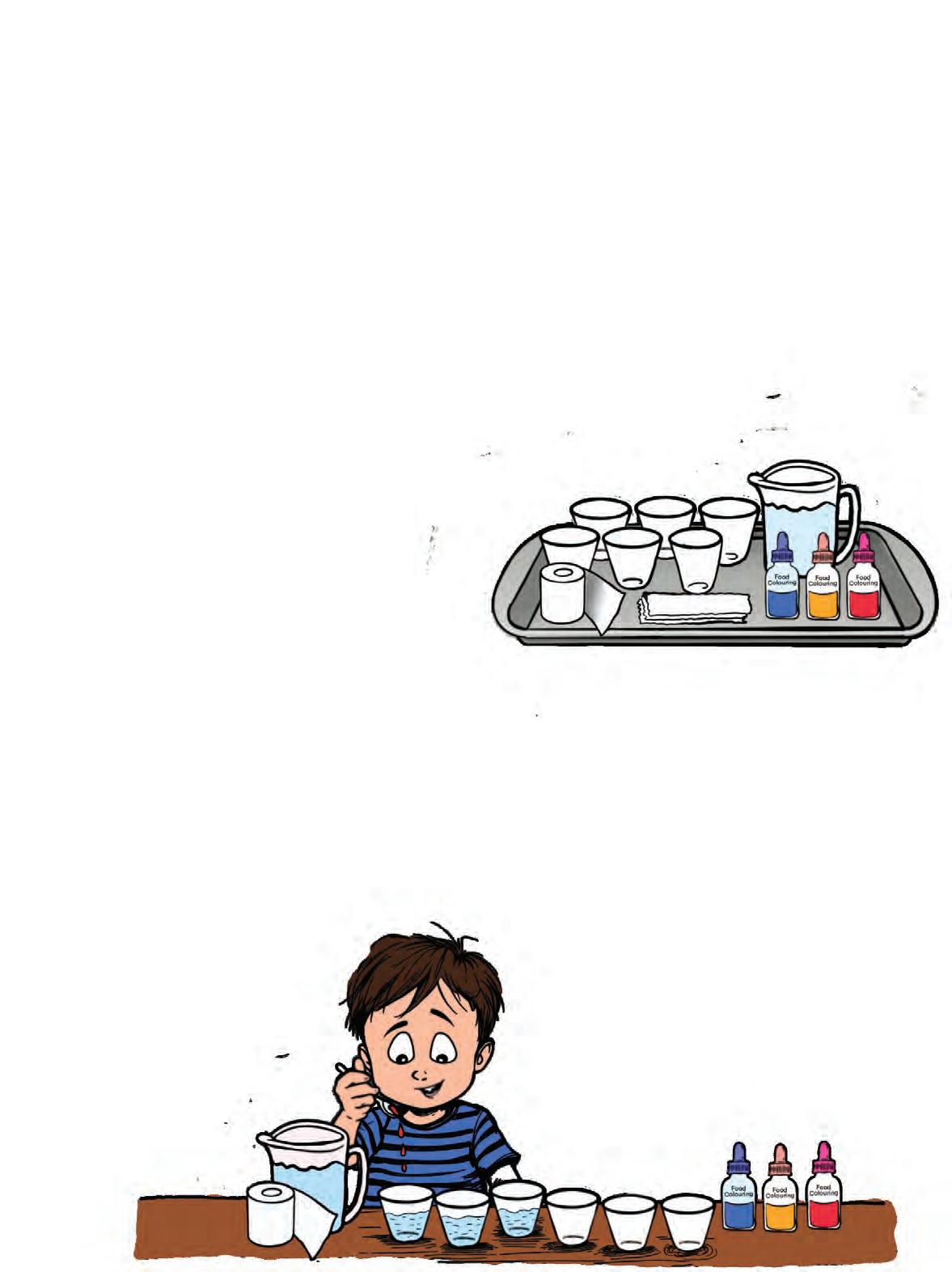
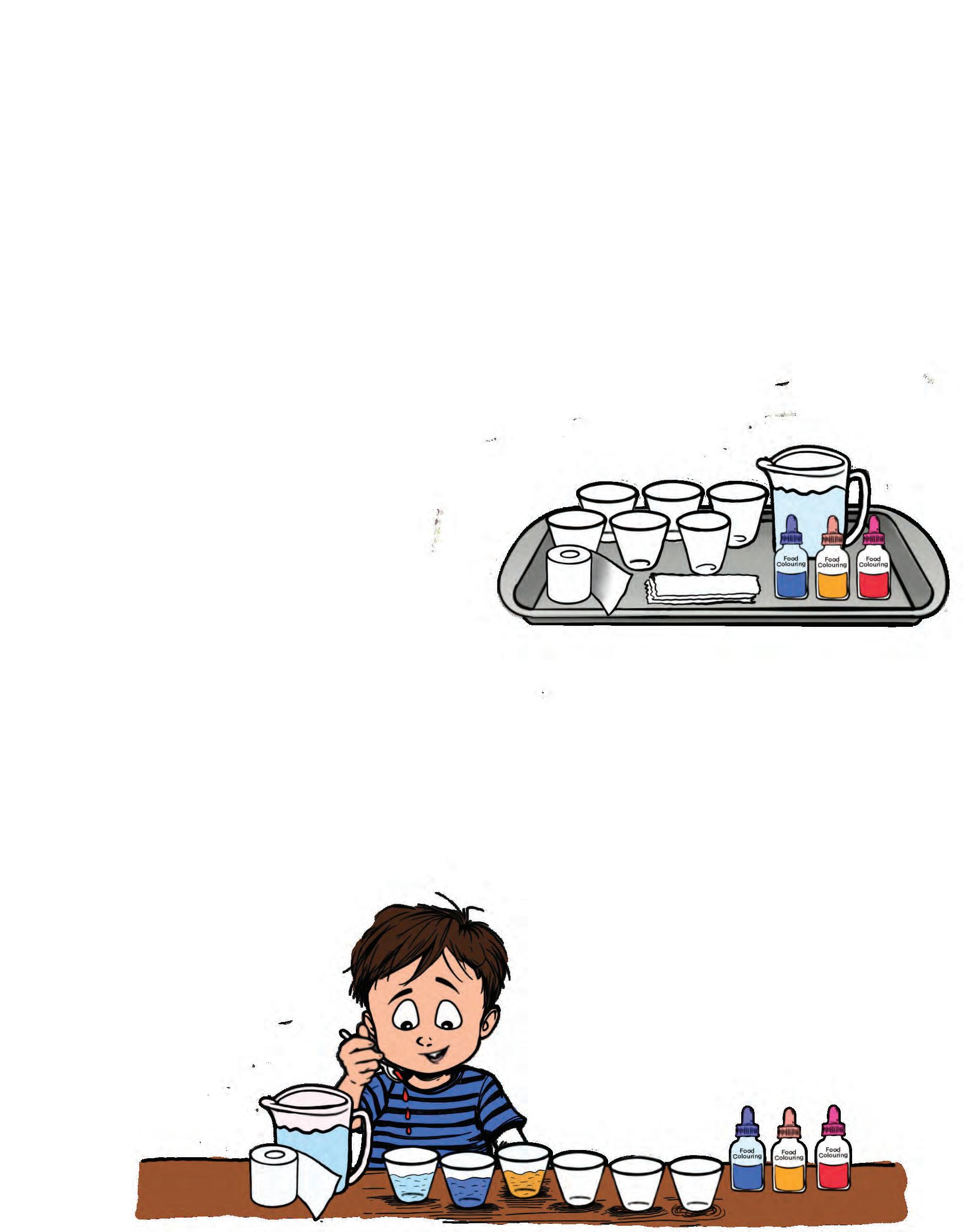
and blue colours (one in each cup). Leave the other 3 cups empty.
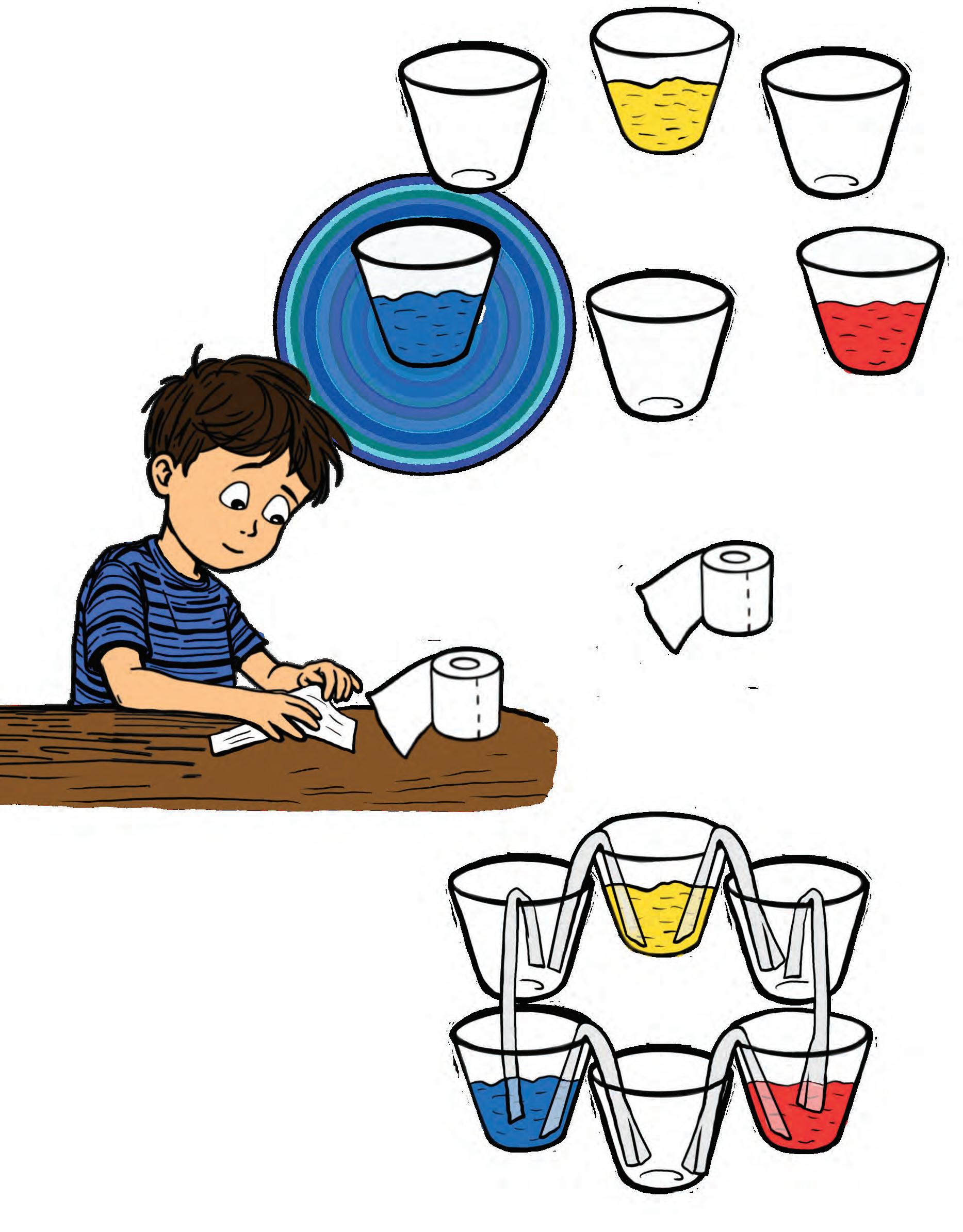

Arrange the cups 2.



Wait for some time. Watch the water move along the strips to make orange, green and purple in the empty cups.
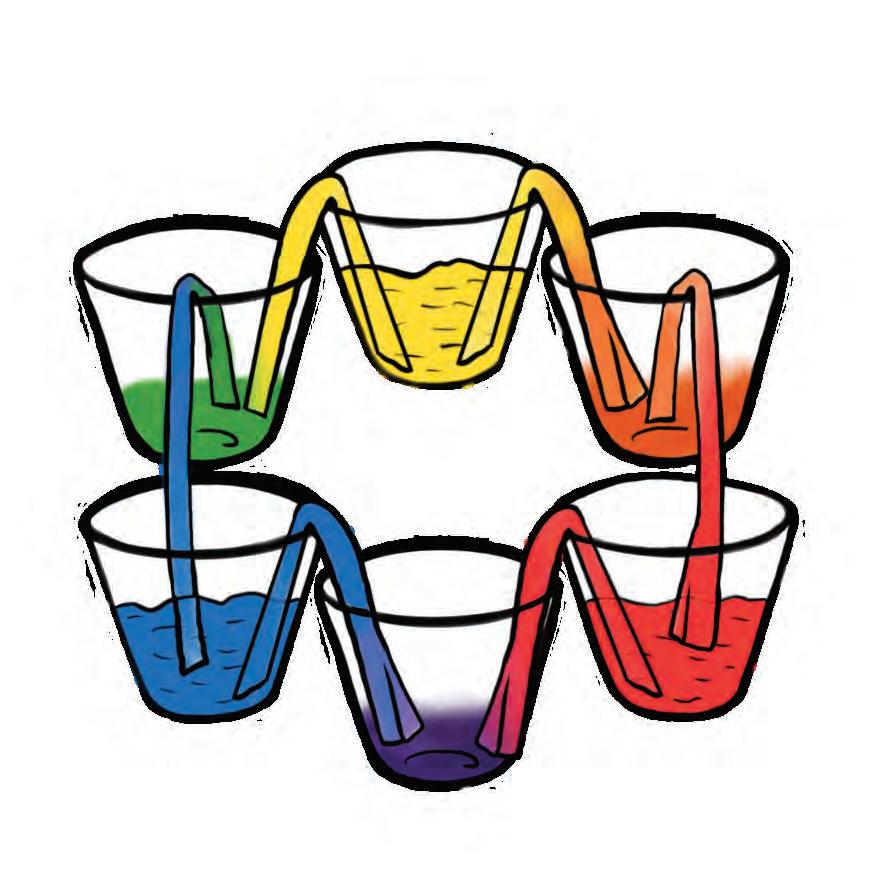
The paper towel has tiny holes in its fibres. Water moves slowly through these holes into the next cup and mixes with the other colour to make a new colour.

Make dots with food colours on a folded paper towel. Dip one edge in water and watch the colours spread like a rainbow.
1. Think and write.
Red and yellow are good friends, When they mix, a new color sends! Like the warm sun high and bright, Can you find the color right?
2. Fill in the blanks with the words given below.
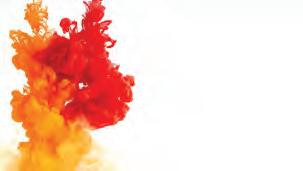
B.
The water moves because the paper towel has tiny inside it.
C.
D.
E.
Which colour showed up in the empty cup? slowly bridge holes purple water roots
Water moving upward in the towel is like when plants pull water up from their .
If you use red and blue colours, the empty cup will slowly fill with .
The paper towel acts like a , carrying water from one cup to another.
The water moves through the towel .
3. Rohan did the walking water activity. He put yellow water in one cup and blue in another. He placed paper towels between them and after some time, saw a new colour.
(a) Green
(b) Orange
(c) Purple
(d) Red


In this activity, we will draw letters on a plate and watch them lift and float when water is added.
A floating pen
A smooth plate (ceramic or glass)
A glass of water
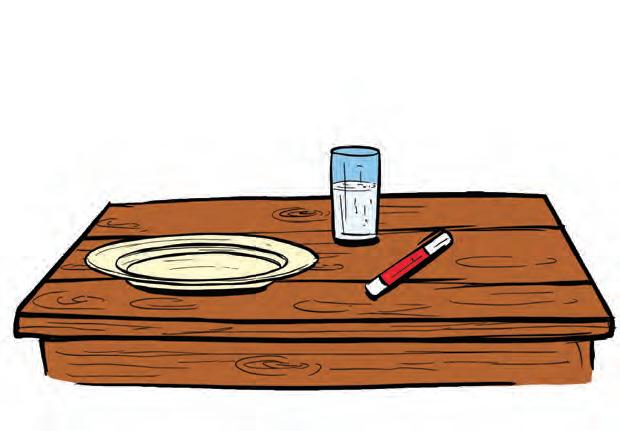

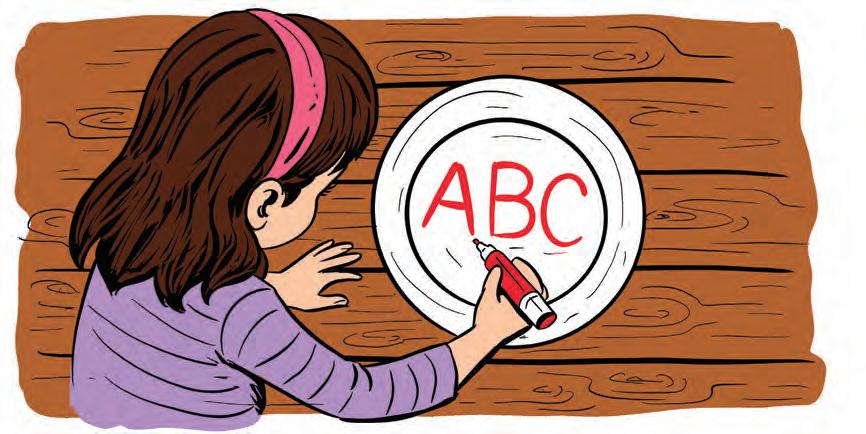
Gently pour water onto the edge of the plate and let it spread to the letters.
Pour the water slowly or the letters may break apart. Watch out
Use the floating pen to write letters or a word on the plate. Wait for a minute.
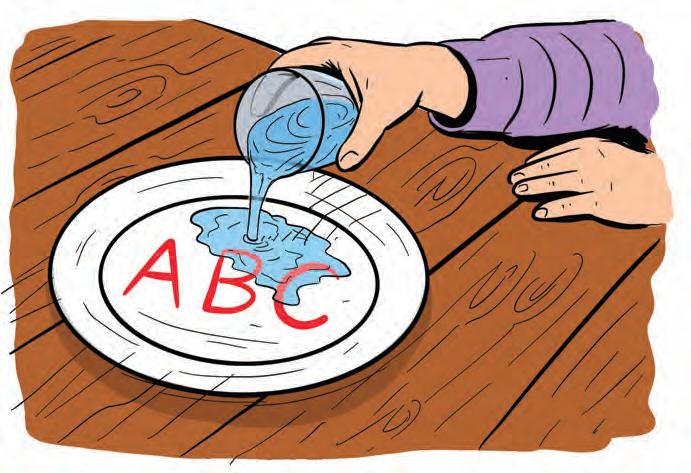

the magic!

The letters lift and float on the water.

The ink in a floating pen has special oil that does not stick to smooth surfaces. The water slips under the ink and lifts the letters, making them float.
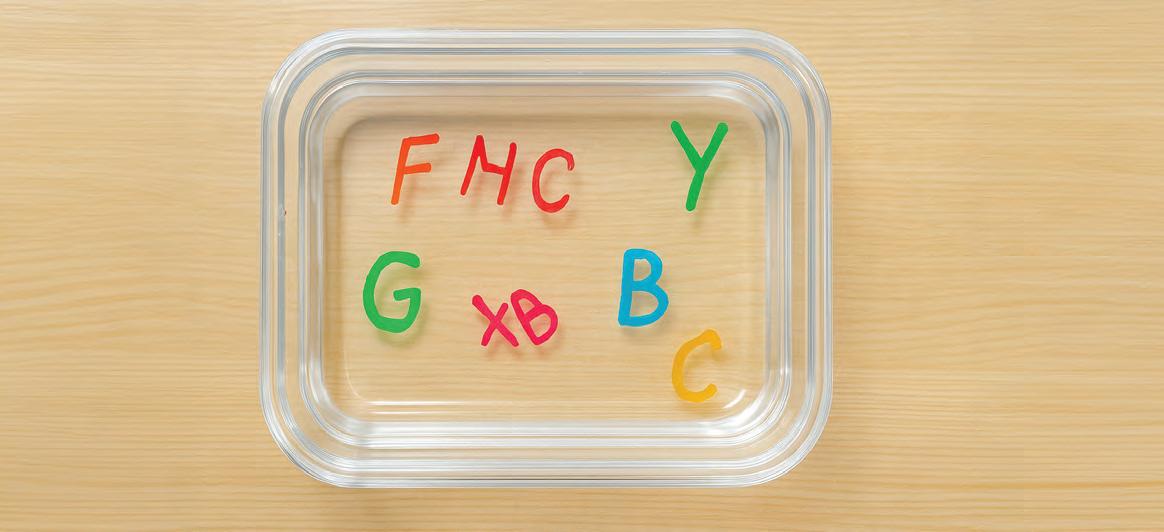
Find Out More!
Blow gently on the floating letters and watch them move around on the water.
1. Write the letters or numbers floating on the water in the boxes.

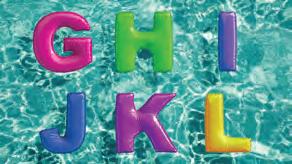
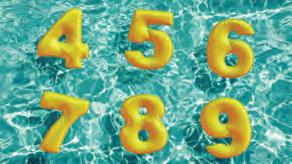
2. Draw the things that float and sink in the space below.
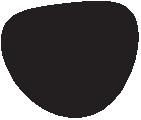

In this activity, we will find out if air has weight using balloons and a ruler.
2 balloons
1 ruler
A roll of string or thread
A pair of scissors
A sharpened pencil


Tie a thread at the centre of the ruler. 1.



3.
Blow up two balloons to the same size. Tie the ends. 2.
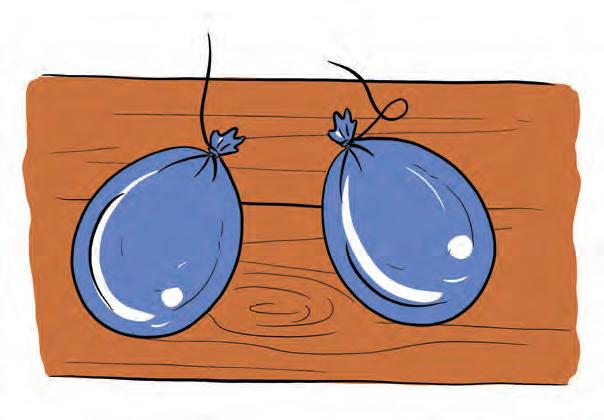
Tie one balloon to each end of the ruler.



A football feels heavier when it is full of air.
Hold the middle string in your hands or tie it to a stand. Make sure the ruler hangs flat and balanced. 4.


Pop one balloon using a pencil. Watch how the side of the hanger with the air-filled balloon goes down. 5.
Do not pop a balloon near your face. Watch out
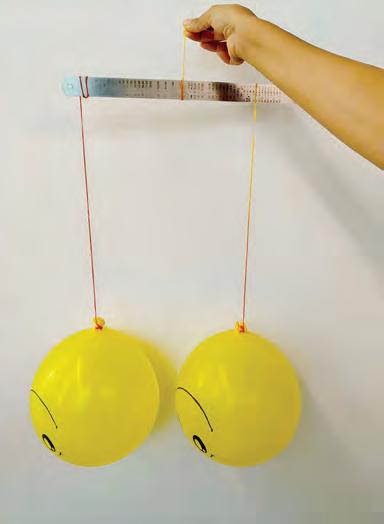
When we pop one balloon, the side with the balloon full of air goes down because it is heavier. This shows that air has weight.
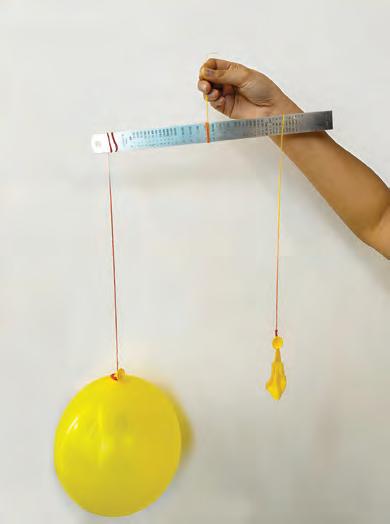
Try using balloons with different amounts of air and see which side is heavier.
1. Think and write.
I am long and straight, I balance well, Hang me right and I will tell Which side’s heavier, left or right? I help show weight in a fun light!
What am I?
2. Rohan had an old football that was too soft to play with. He used a pump to fill it with air.
A.
What will happen to its weight after pumping air into it?
It will stay the same. (a) (b) (c) (a) (b). (c)
It will become lighter. It will become heavier.
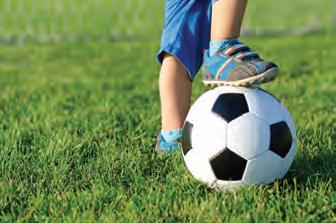
B. How does filling a football with air make it ready to play with? It makes it soft and light. It makes it hard and bouncy. It makes it heavy like a stone.
C. Air occupies space and has weight. True False
3. State True or False.
A.We cannot see air, so it has no weight.
B. A balloon filled with air is heavier than an empty one.
C. Air in a tyre helps carry the weight of a car. (a) (b)

In this activity, we will explore how different materials make different sounds when shaken.
A steel lunch box
Some items like: Coins Cotton balls Rajma beans

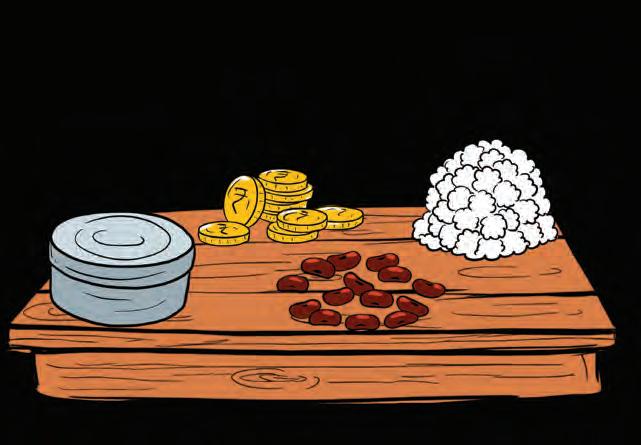

Take a steel lunch box and put some coins inside. 1.
Close the lid and shake the box, you will hear a loud clink-clink sound. 2.
Do not shake too hard — just enough to hear the sound. Watch out
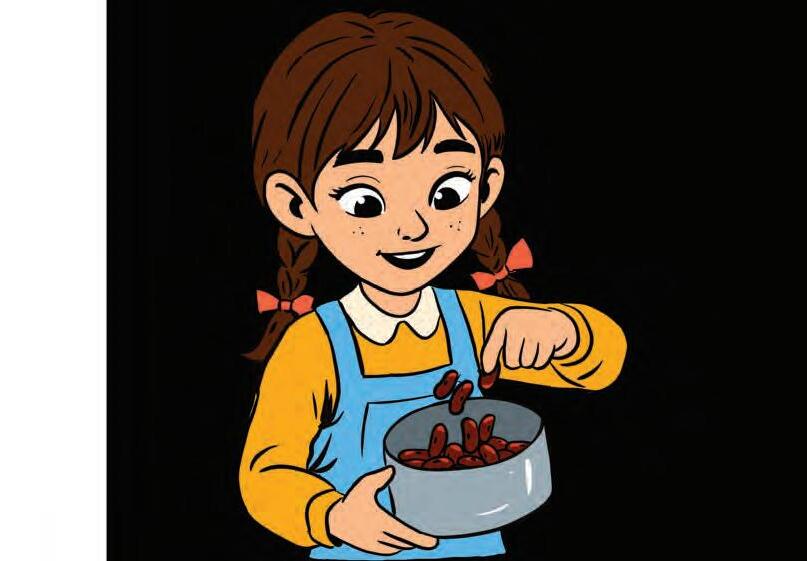
Now take out the coins and put some rajma beans into the box. 3.

Close the lid and shake the box, you will hear a medium rat-tat sound. 4.
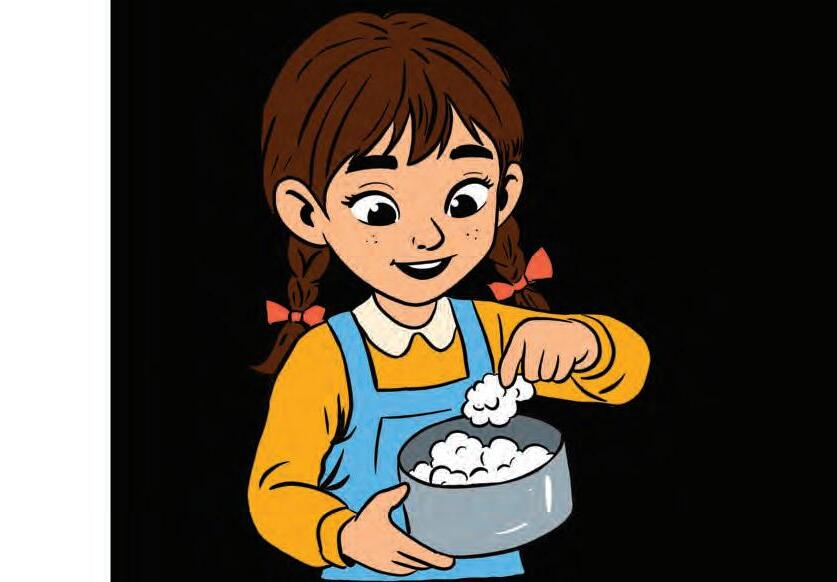
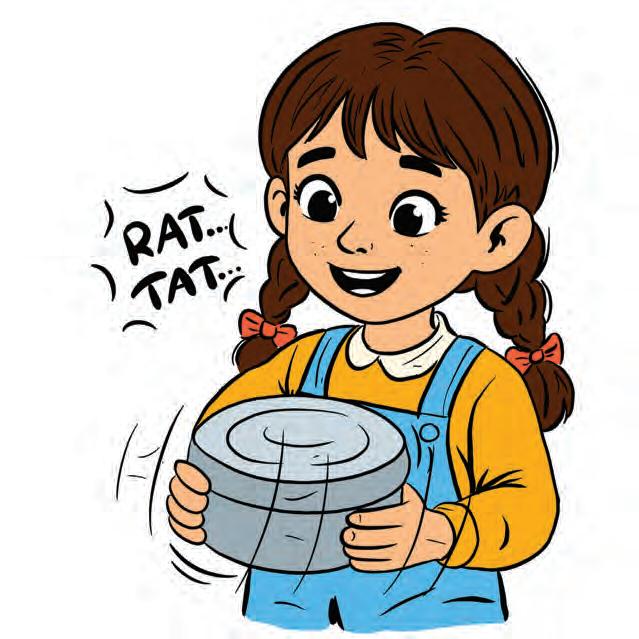
Next take out the rajma beans and put cotton balls in the box. 5.


Close the lid and shake the box, you will hear a soft 'Hush-Hush' sound. 6.
When you shake the jar, the things inside hit the walls and make a sound. Hard and heavy things make louder sounds, while soft and light things make softer sounds.
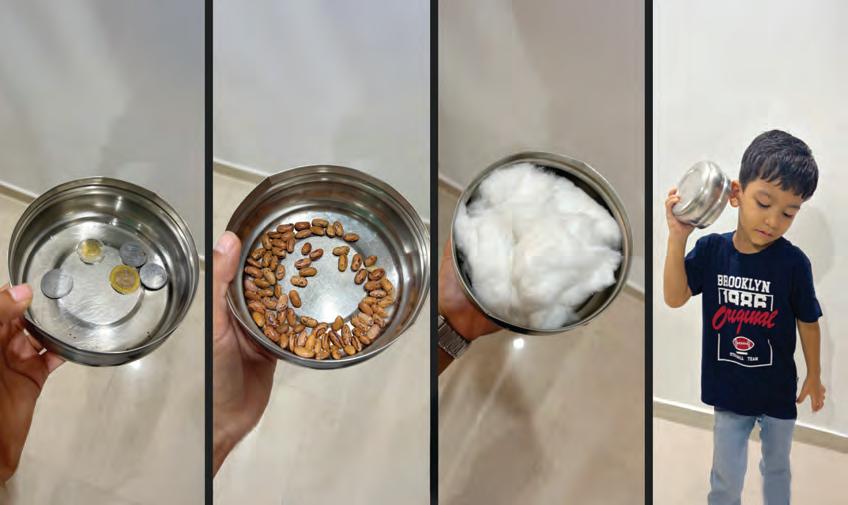


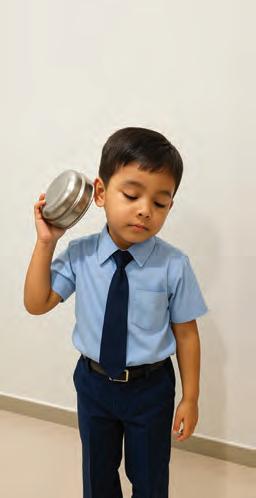
Find Out More!
Play a guessing game! Hide an item like coins, beans or cotton balls in a lunch box, shake it and let others guess the sound before opening it.
1. Tick ( ) the sounds the objects make.












































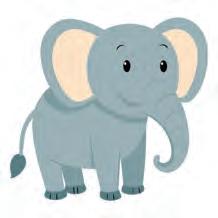

2. Match the following.
Clink-clink
Crunch-crunch
Click-click
Soft hush
Splash-splash







In this activity, we will add salt to water and see if the lemon sinks or floats.
1 lemon
1 spoon
2 glasses Water Salt
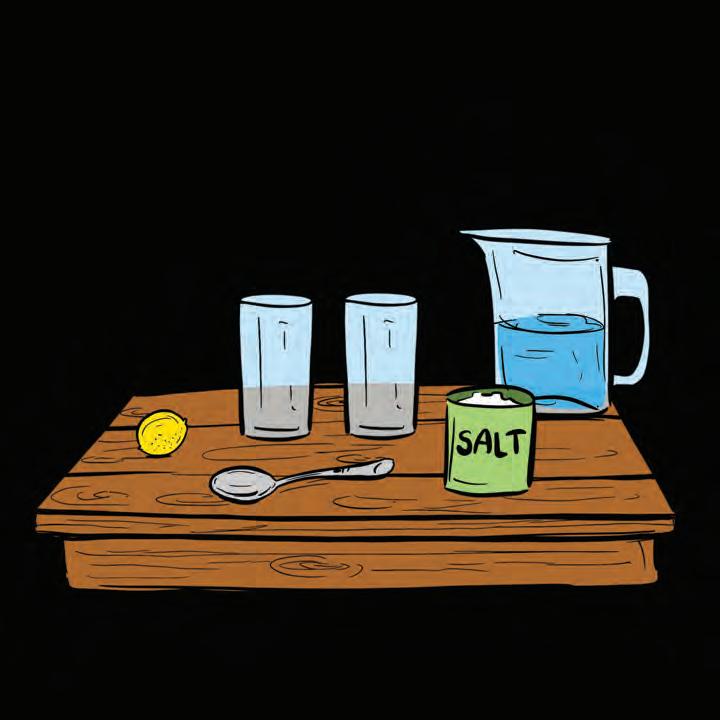
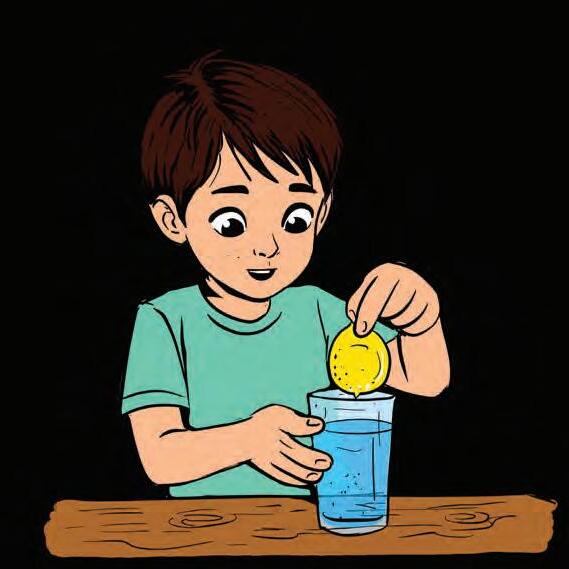
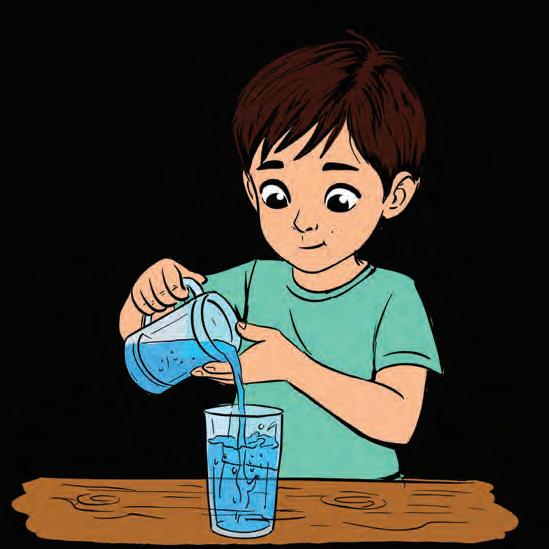
3.
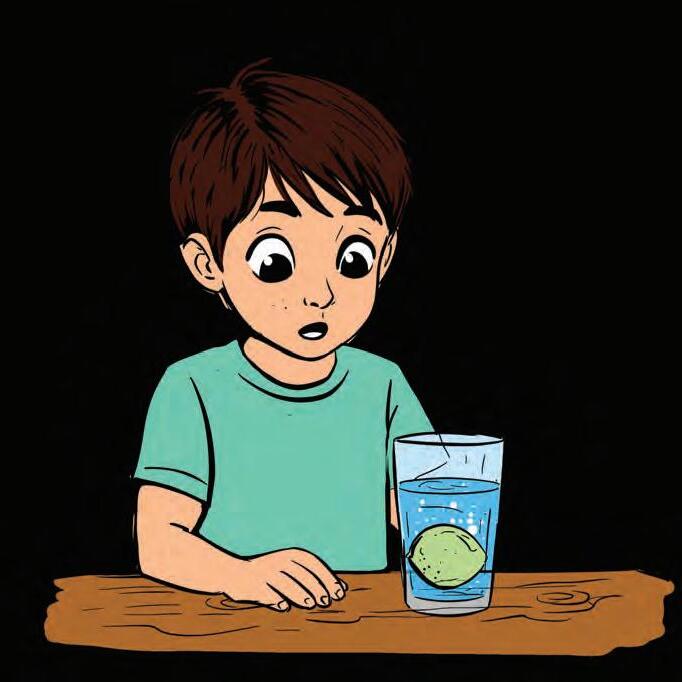
Look! The lemon sinks to the bottom.
Now, take the lemon out of the water. 4.
5.
Add 3–4 table spoons of salt to the water and stir it well.


Be careful not to spill the water while stirring. Watch out
Sea water is salty, so people can float more easily in the sea than in a swimming pool.



Put the same lemon back into the glass and watch it float. 6.
A lemon sinks in plain water because it is heavier than water. Adding salt makes the water heavier, which pushes the lemon up and makes it float.
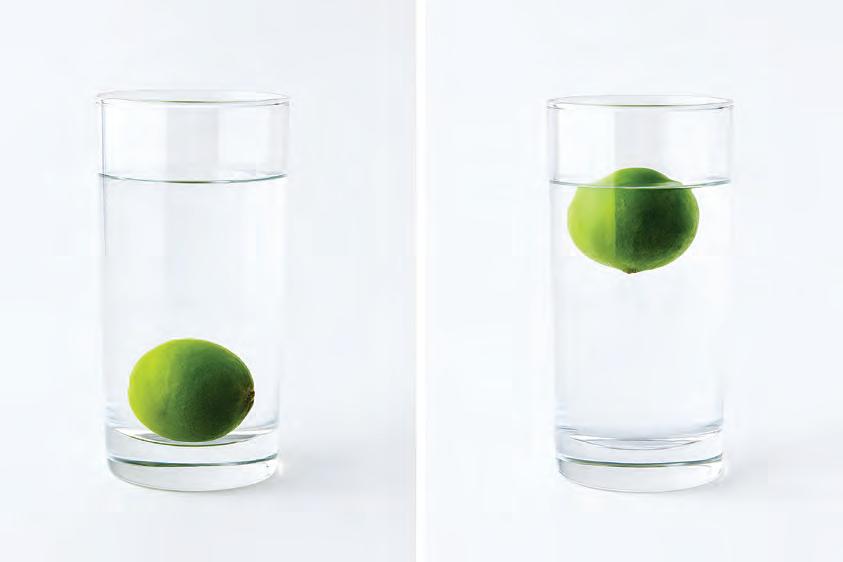

Find Out More!
Try the same experiment with warm water and then with cold water. Does it make any difference?
1. Tick ( ) the odd one out.
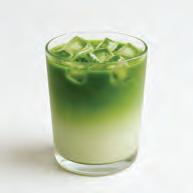



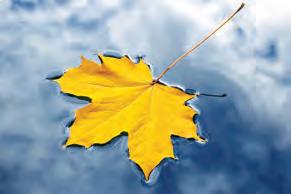
2. Read the sentences carefully. Write ‘T’ for True and ‘F’ for False in the given boxes.
3. It is easier to float in the sea than in a swimming pool because sea water has more salt. A coin floats in water.
B.
Put a ( ) if the object floats in water or ( ) if it sinks. Object /


In this activity, we will use a balloon to make little ghost drawings fly without touching them.
• White tissue paper
• Black marker
• A pair of scissors

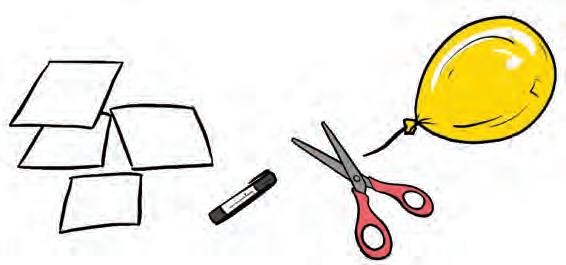
1. Draw some funny or scary ghost shapes on tissue paper. Ask an Let’s Begin


• A balloon tear easily, so cut the
2. Place the paper ghosts flat on a clean table.
3. Inflate a balloon and tie it.
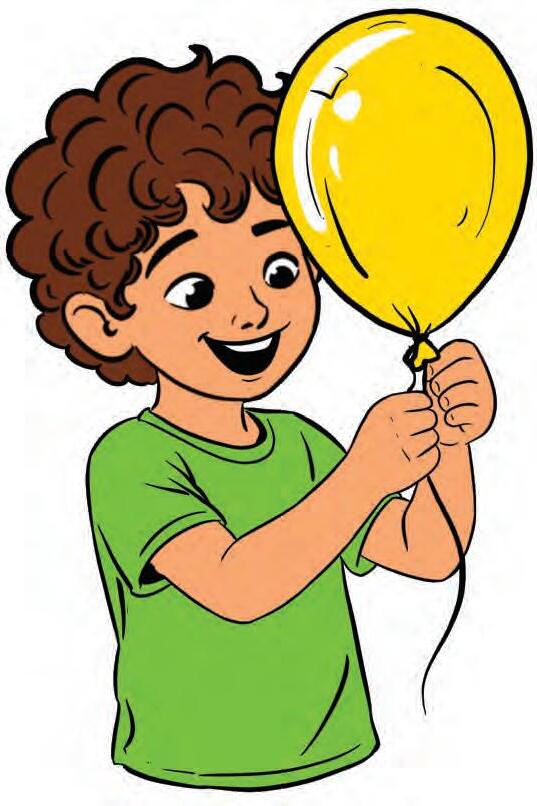

4. Rub the balloon against your hair for 10–20 seconds.
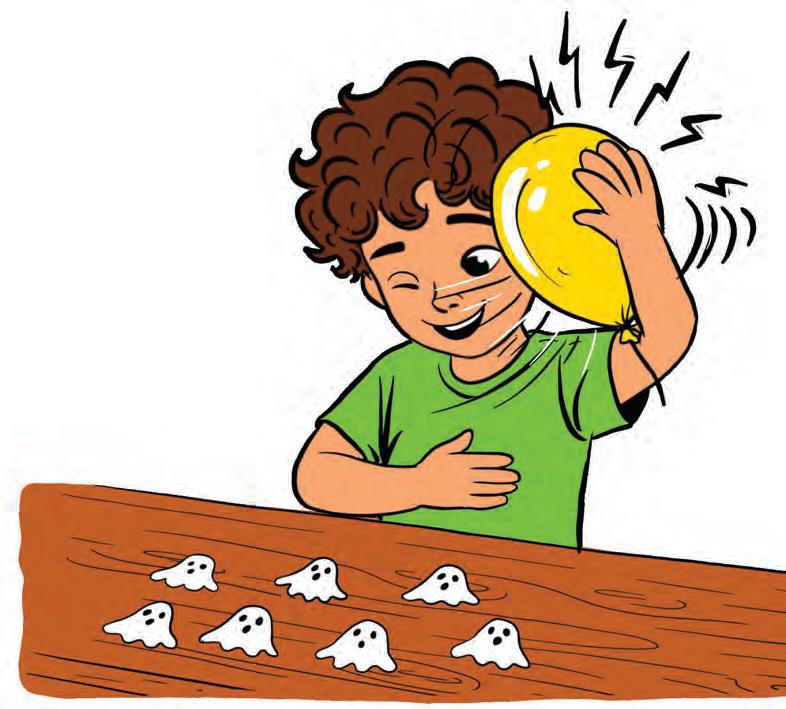


Hold the balloon a few inches above the paper ghosts. Watch them jump or fly up.
When you rub the balloon against your hair, it gets a special kind of invisible force that makes the light paper ghosts lift up and stick to the balloon.

Try using ghosts cut from cardboard. Do they still lift? Think about why or why not. Find Out More!
1. Tick ( ) the correct answer.
A. What happens when a balloon rubbed with hair is brought near small pieces of paper?
(a) The paper pieces moves away from the balloon
(b) The paper pieces stick to the balloon
B. Why do paper pieces stick to the balloon after rubbing it on hair?
(a) Because the balloon becomes sticky
(b) Because the balloon pulls the paper w ith an invisible force
2. Help Ravi find the materials for the activity.
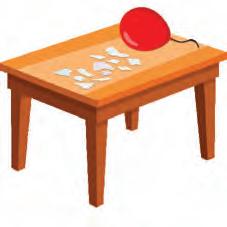

In this activity, we will use leaves and watercolours to create colourful leaf print patterns.
• 2 fresh leaves of different sizes (big and small)
• Watercolours

• A paintbrush
• A drawing sheet
1. Go on a leaf hunt and collect one big and one small leaf of any shape.
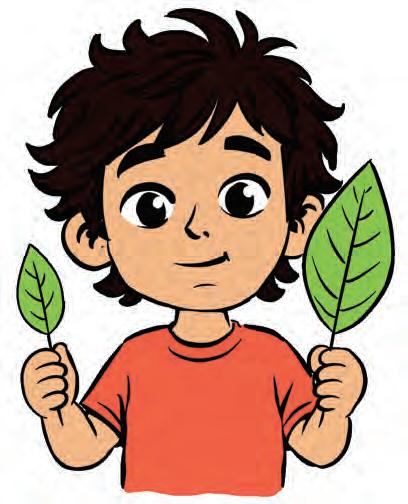

2. Paint the back side of the big leaf with red watercolour using a brush.
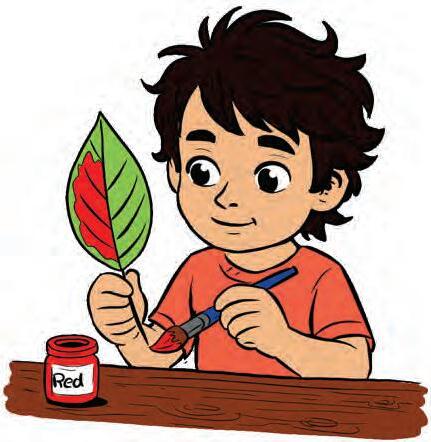
3. Carefully place the painted side of the leaf down and press it on the sheet.
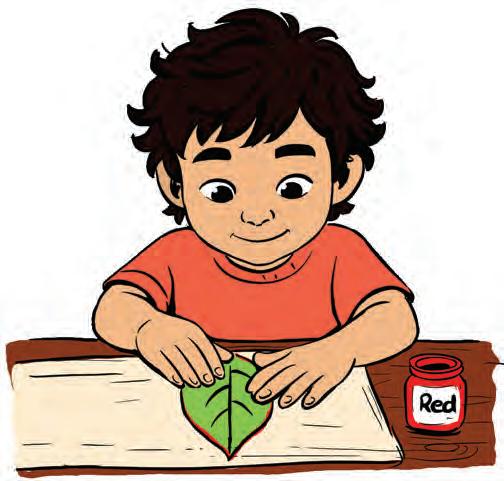
5. Next, paint the small leaf yellow and press it next to the big one.
Watch out
• Do not use dry or crumpled leaves.
• Press the leaf gently on the sheet.
4. Lift the leaf slowly to see the colourful print!
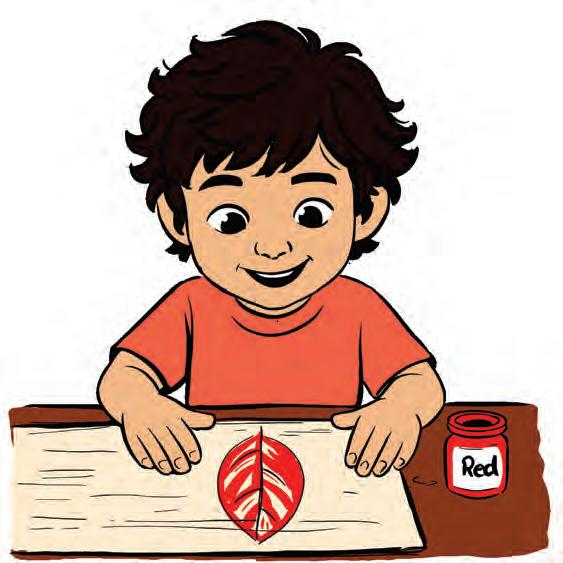
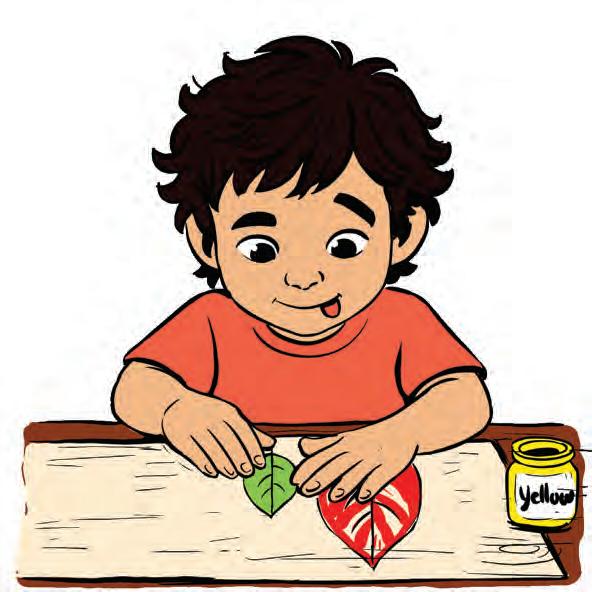
6. Repeat the steps to make a pattern like: Big – Small –Big – Small – Big – Small.


7. Let your sheet dry and hang your nature art on the wall.

Printing big and small leaves in a repeating order creates a size pattern. These patterns help us understand what comes next.

Try making exciting patterns using leaves of different shapes like round, long or pointy ones.
Check your learnIng!
1. Identify the pattern and colour in the leaves to complete it.
(a)

2. Colour in the leaves to create your own fun patterns.
















In this activity, we will make a simple water filter to clean dirty water.
• An empty bottle
• Cotton
• Sand
• Pebbles

• Dirty water (mix water with soil or leaves)
• A glass
Let’s Begin

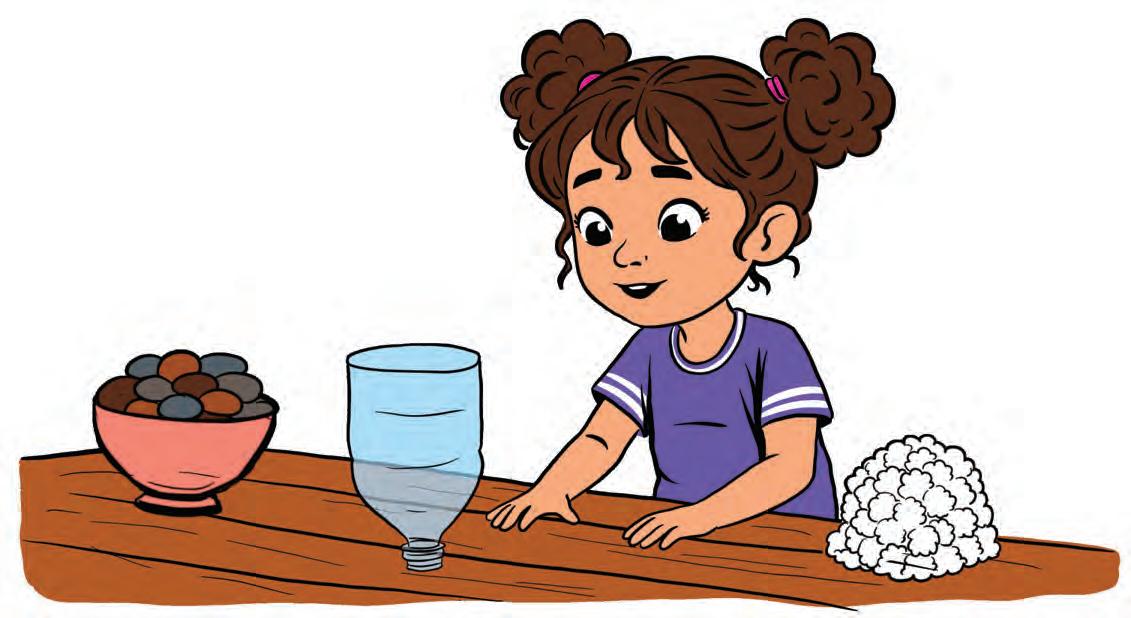
1. Cut the bottle in half. Turn the top half upside down like a funnel.
2. Place some cotton at the narrow opening of the bottle.

4. Add a layer of pebbles on top of the sand.

Pour sand gently over the cotton.

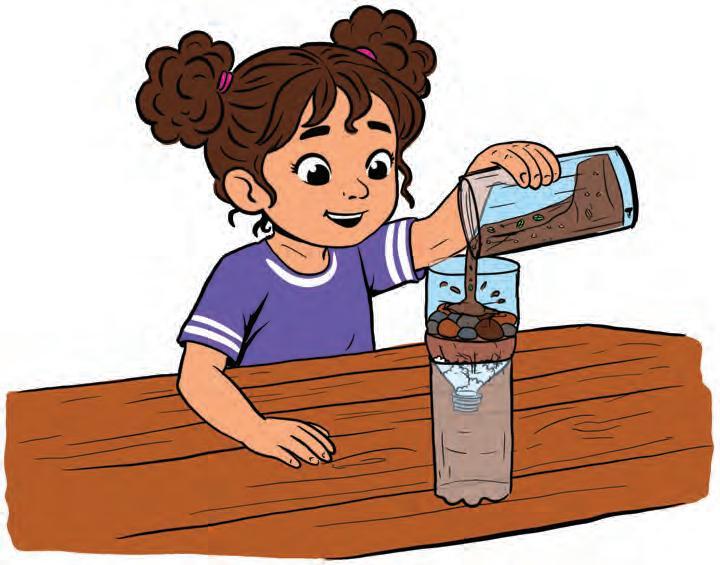
Place a glass at the bottom and slowly pour the dirty water into the bottle.


Do not drink the filtered water, it is cleaner but not safe for drinking.
6. Watch how the cleaner water drips through the filter and collects in the glass.
A water filter has different layers to clean dirty water. The pebbles catch large things like leaves, the sand removes smaller dirt and the cotton traps the very fine dust. This process is called filtration and it makes the water cleaner.
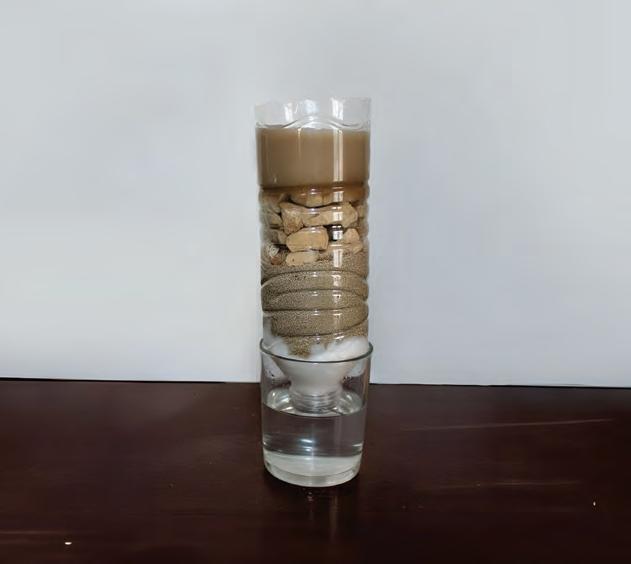
Add more layers of different sized stones to your water filter and observe which filter makes the water the cleanest.
1. Tick ( ) the correct answer.
A. Riya is doing an experiment to see which water filter works the best. Help her guess which one will give the cleanest water.
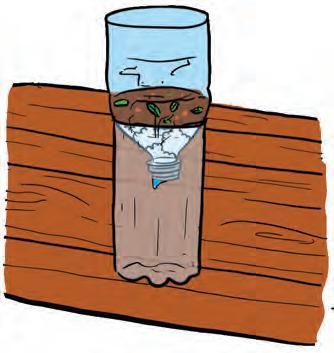
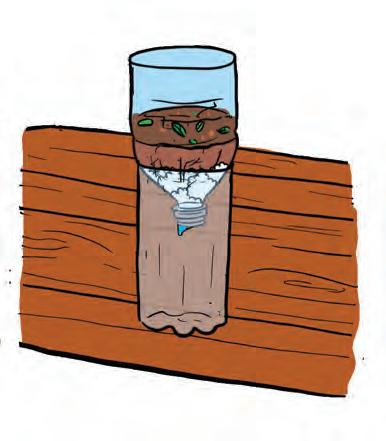
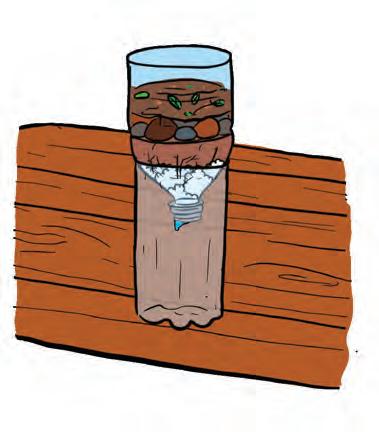
B. Put the setups in the correct order from the dirtiest to the cleanest water.
(a) C — A — B (b) B — A — C (c) A — B — C
C. Which material traps the finest dirt particles?
(a) Pebbles (b) Sand (c) Cotton
2. State True/False.
(a) Filtration removes all the harmful germs from water.
(b) Boiling water can remove harmful germs after filtering.
(c) Sand is placed on top of the filter to catch large leaves.
(d) Water that looks clean is always safe to drink.
(e) Adding more layers in a filter can make water cleaner.


In this activity, we will see how a sail helps a toy car move forward when the wind blows.
• A coloured sheet
• An incense stick (agarbatti)
• Tape or glue
• A toy car
• A pencil
• A pair of scissors

Let’s Begin
1. Draw a rectangle on the coloured sheet.


2. With the help of an adult, carefully cut out the

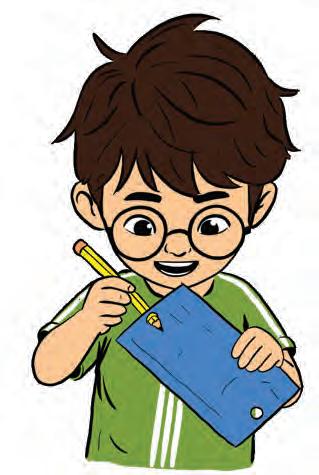
3. Make two small holes at the top and bottom of the rectangle using a sharp pencil.
4. Push the incense stick through the holes to make a sail.

Attach this sail to the toy car using glue or tape. Watch out Make the holes just the size of the stick—not too big.

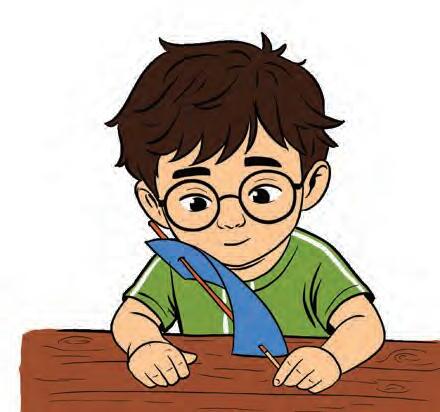

People have used the power of wind for
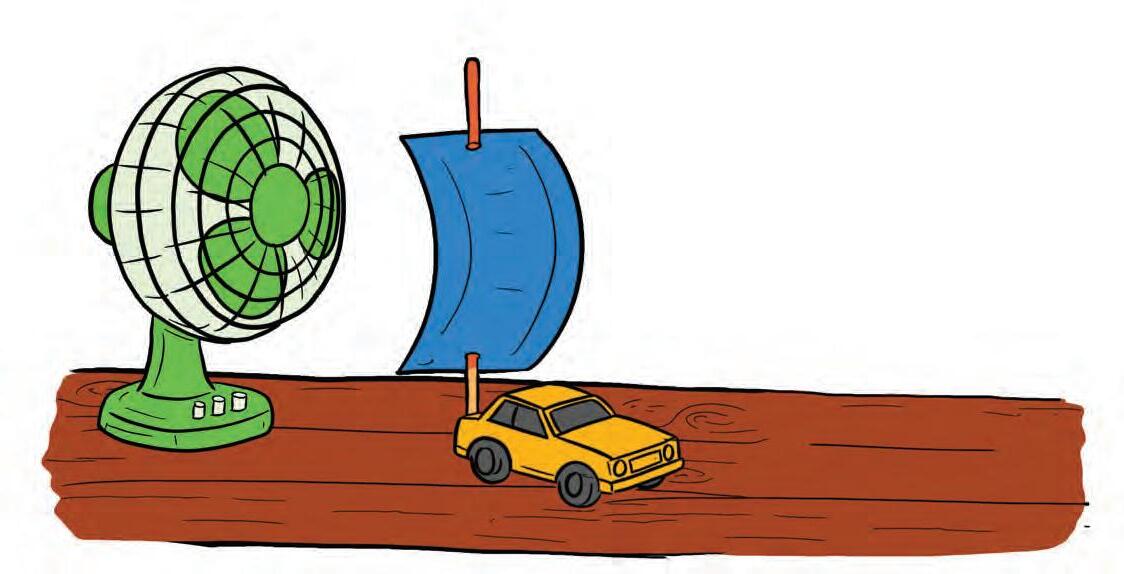


7. Switch on the fan and watch the car move forward.
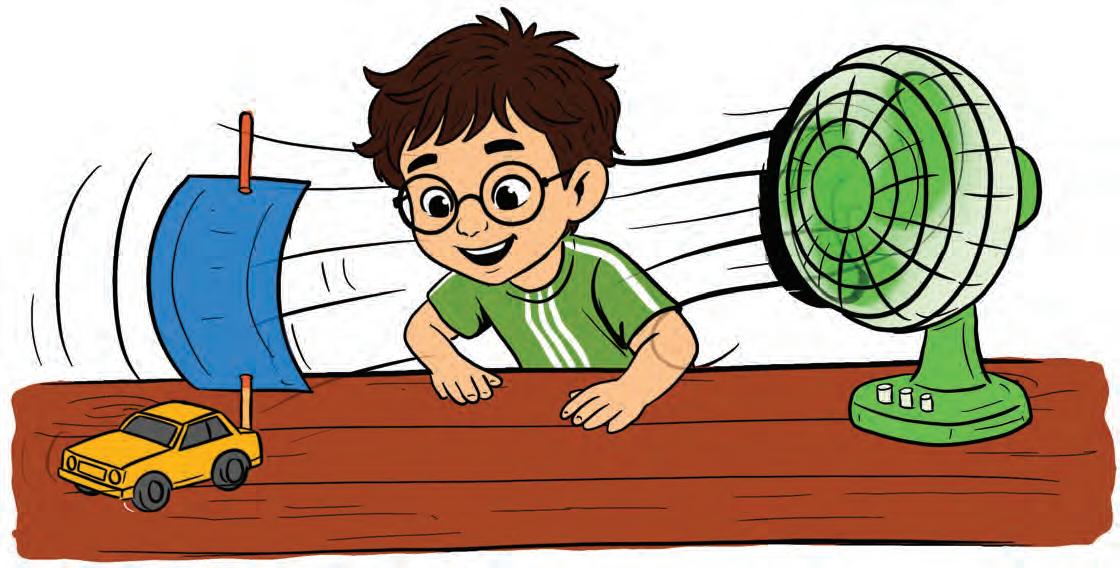
The wind blows on the sail and pushes it. The sail then passes this push to the car, making it move forward.
Find Out More!
Try using sails of different sizes and shapes. See how each one changes the speed of the car.

1. Tick ( )the correct answer.
A. Reena went to the park with her new kite. Sometimes the air was blowing and sometimes it was calm. She saw her kite go up at times and come down at other times.
(a) What helps a kite go up in the sky?
i. Water
ii. Wind
iii. Paper
(b) When will the kite come down?
i. When the wind blows quickly
ii. When the wind stops blowing
iii. When the string is too long
2. Fill in the blanks.
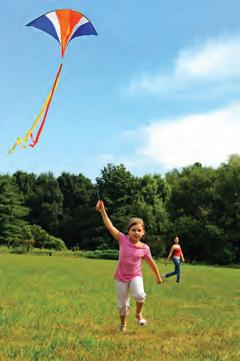
(a) A car with a sail can move forward (with/without) wind.
(b) Ad ding weight to the car will make it move (slower/faster) with the wind.
(c) Windmills use (wind/fire) to make electricity.
(d) Air can (push/pull) things even though we cannot see it.
3. State True/False.
When the wind blows, a wind chime moves and makes a nice sound.
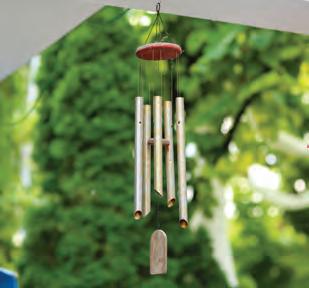



Put sugar into the first cup, salt into the second, oil into the third, and sand into the fourth. 2.
Use a spoon to stir each cup one by one and watch closely. 3.
Be careful while stirring the cups. Do not spill the water. Watch out

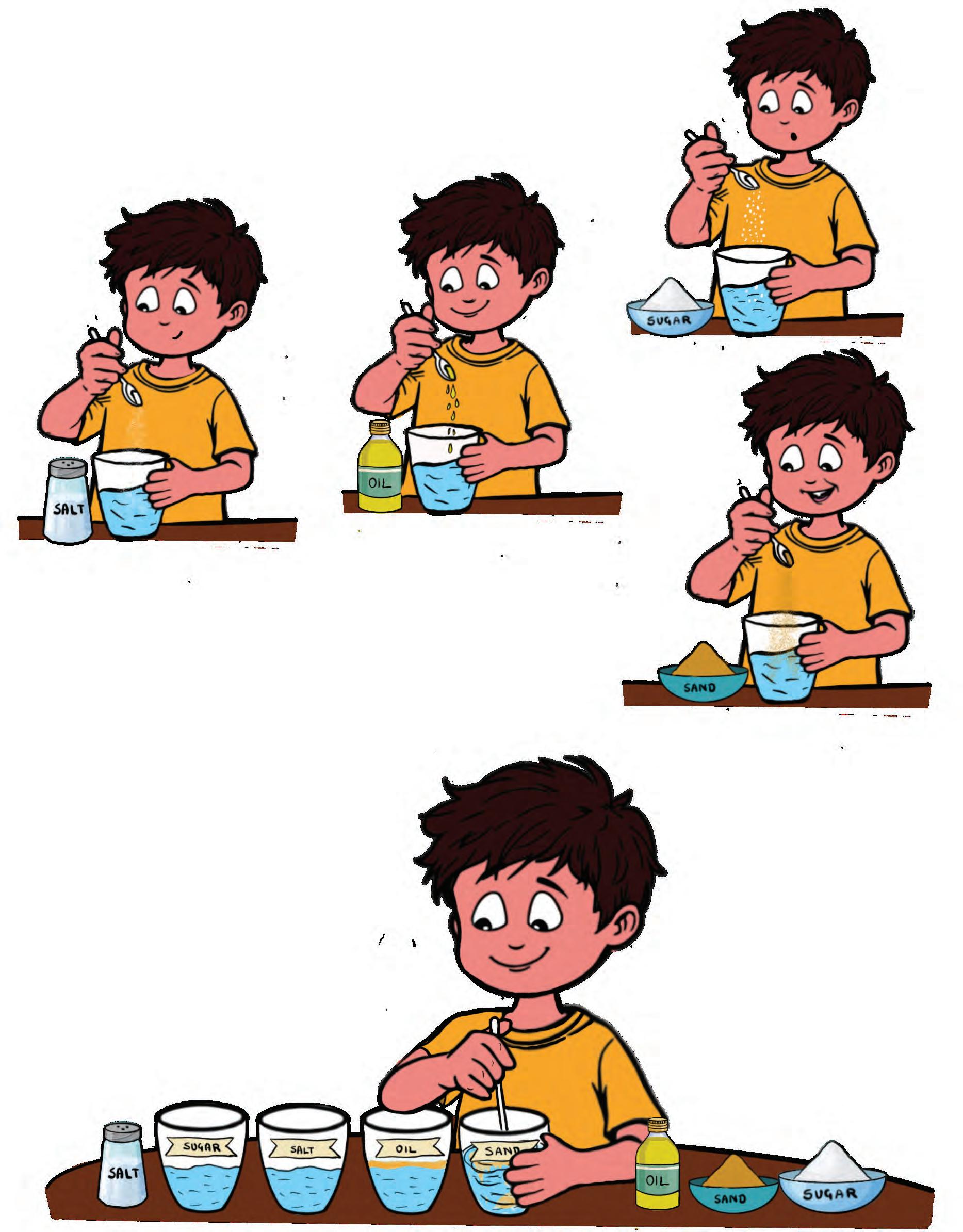

You will see that sugar and salt mix in the water, but oil and sand stay separate.
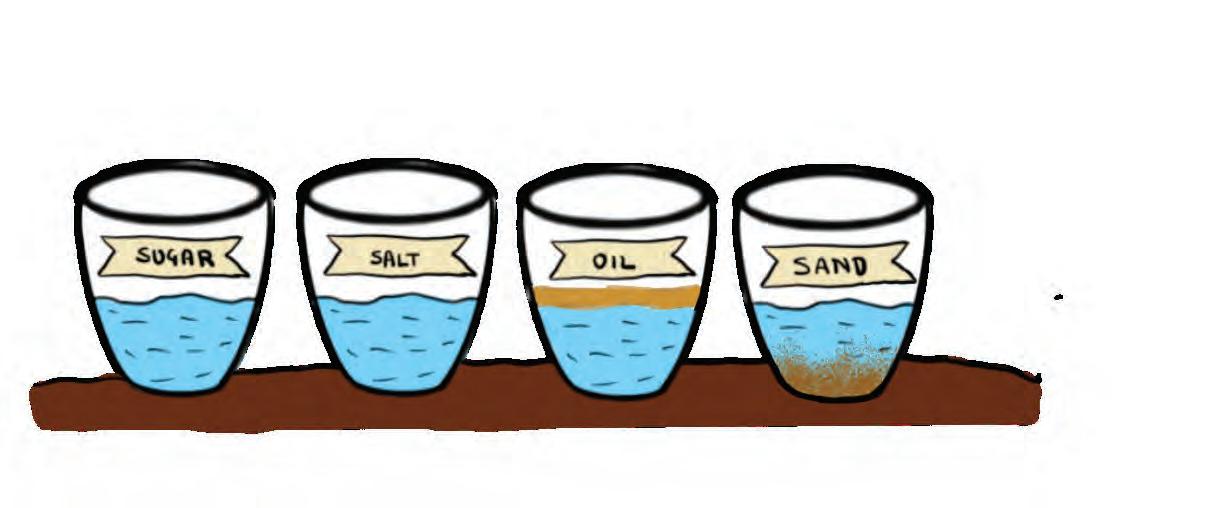
Some things like sugar and salt mix with water completely. We cannot see them after stirring.
Other things like oil and sand do not mix. Oil is lighter and floats on water, while sand that is heavier sinks to the bottom.
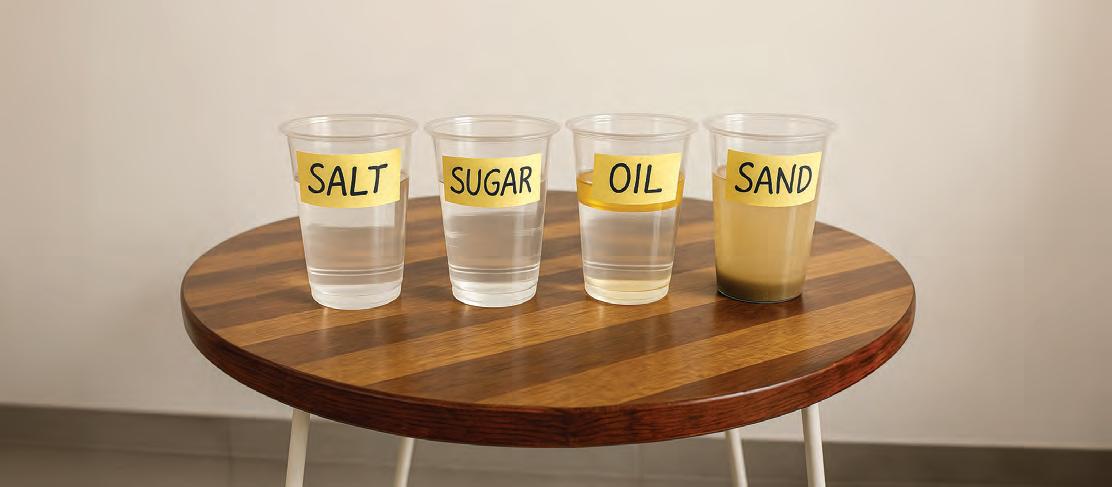
Find Out More!
Put sugar, salt, oil and sand into the same cup of water and stir well. See if the result stays the same or changes.
1. Which things will mix with water and which will not? Write them in the correct boxes.
Mixes in water Do not mixes in water
Oil, Milk, Lemon juice, Honey, Chalk powder, Vinegar, Sand, Rice grains
2.
When we stir sugar in water it disappears, but oil stays on top. Why does it happen?
(a) Sugar can mix in water completely but oil cannot.
(b) Sugar cannot mix in water but oil can.
(c) Sugar is sweet and it does not mix in water.
3. State True or False.
(a) Oil stays on top of water because it is heavier than water.
(b) Sand sinks in water because it is lighter than water.
(c) If a substance does not dissolve in water, it stays separate.

In this activity, we will use mirrors to make an object appear many times, creating fun and interesting patterns.
2 square mirrors of the same size
2 buttons Tape

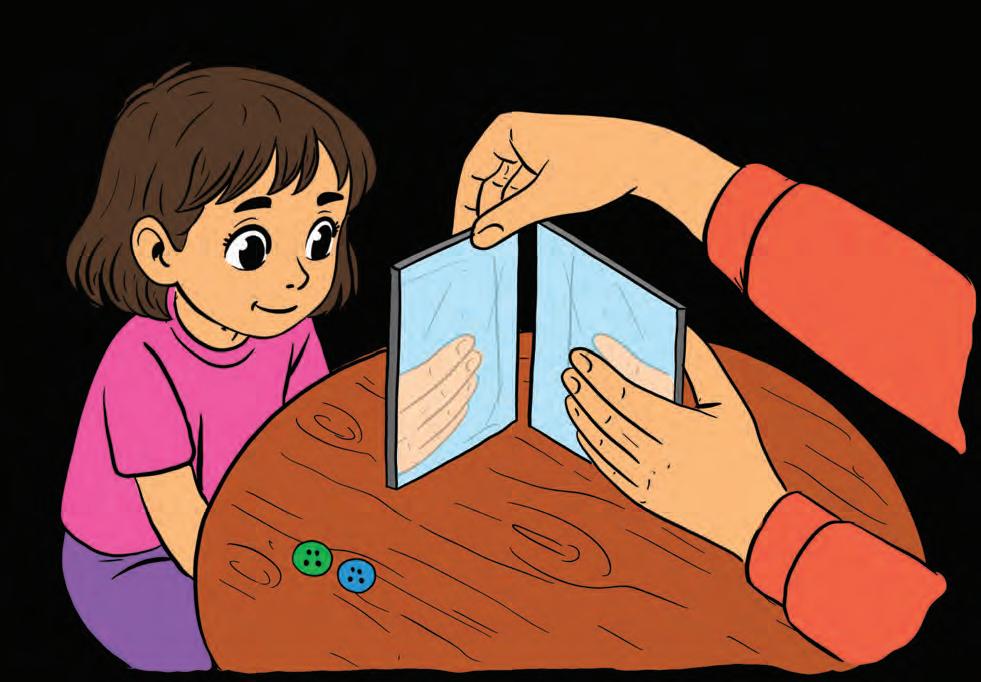
With the help of an adult, tape the mirrors together on one side, like a book.
Watch out
Be careful while handling mirrors. They can break and hurt you.

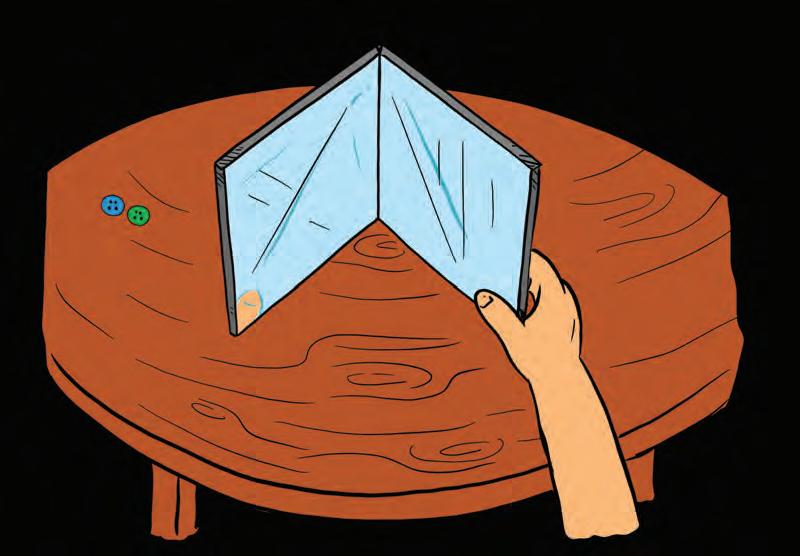
Put two small buttons between the mirrors.
Carefully stand the mirrors up on the table in a V shape so they don’t fall.


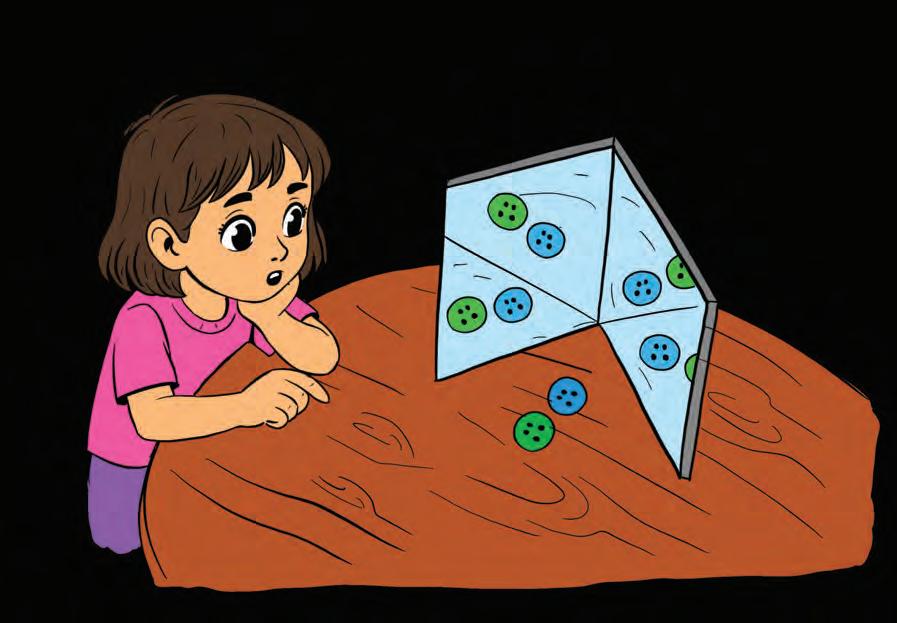
Look into the mirrors and count how many times you see the buttons.
When you place an object between two mirrors, light keeps bouncing between them. This makes the object appear many times and creates fun repeated patterns.

Try changing the space between the mirrors. Each time, count how many images you can see in the mirrors. Find Out More!
1. Draw the missing half of the picture and colour it in. 2.
Count and write the number of times you see the same pattern in the mirror.
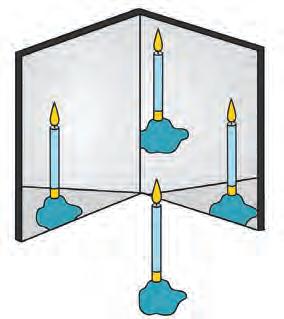
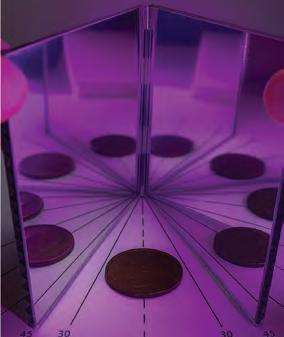


In this activity, we will make a monster using cornstarch and water and watch it slowly melt on the plate.
• 1 cup of corn starch
• 1 glass
• 2 wiggle eyes
• Water
• Food colour
• Spoon
• Bowl
• Tray or plate
• Small piece of paper


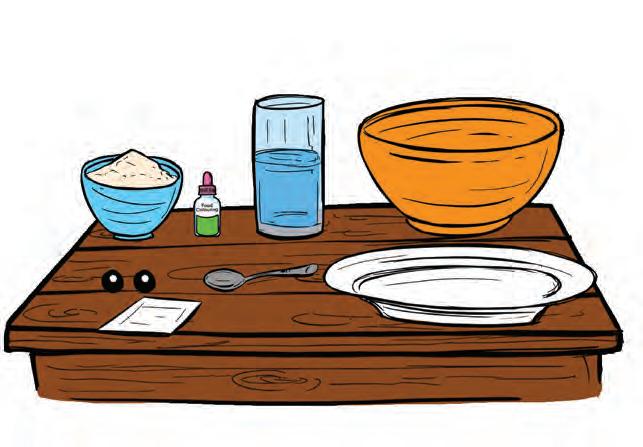
1. Take a glass and fill it with some water.
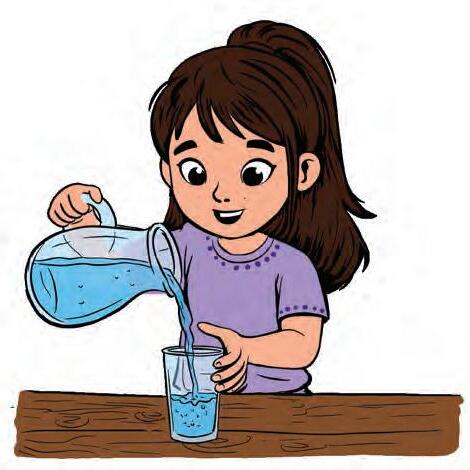
Add a few drops of food colour to the water and stir it with a spoon.
3.
Take some corn starch in a bowl and slowly pour the coloured water into it.
Watch out
Pour slowly to avoid spills — food colour can stain.

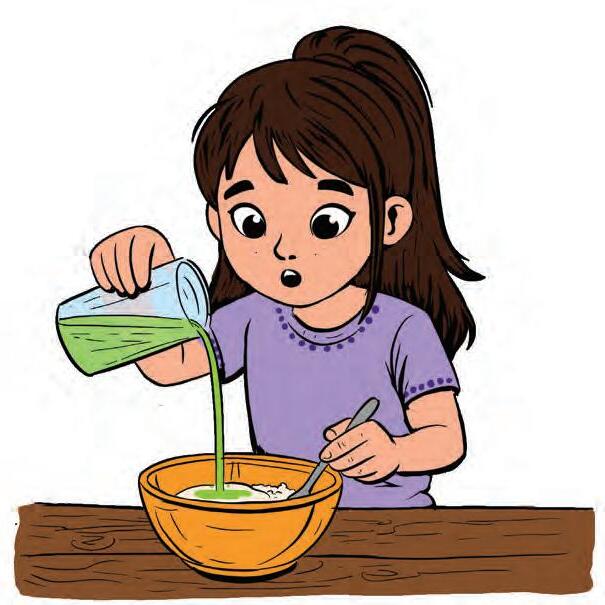
Mix well to make a thick paste. If it feels too watery, add more corn starch.
5. Put the paste on a plate and make a monster with wiggle eyes and a mouth.


Slime toys can feel soft or hard when you play with them.



6. Wait and watch how your monster melts slowly!
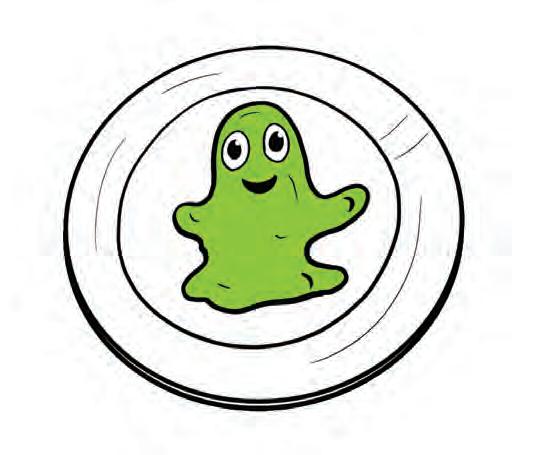
Mixing corn starch and water makes a paste that feels hard when you press it, but it turns soft and runny when you stop. It shows that some things can change how they feel when we touch them.
Find Out More!
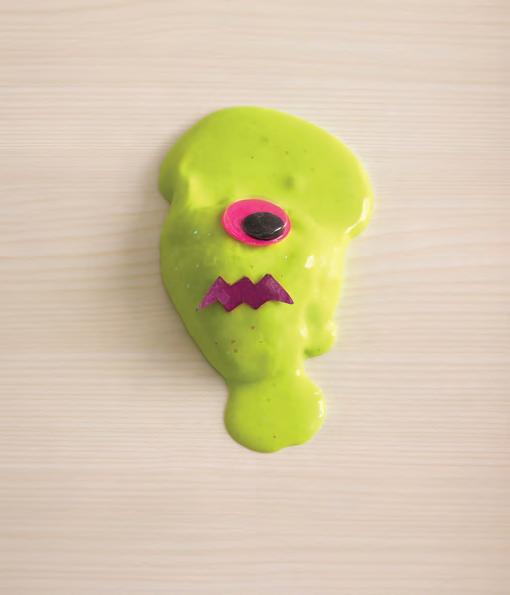
Try making the paste with more or less corn starch. Does your monster melt slower or faster?
1. Circle the object that does NOT help to make the monster.
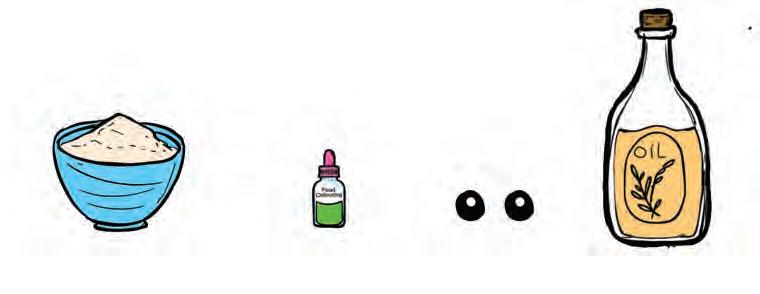
2. Match the materials with what they are used for:
Corn starch Adds colour to the monster Food Colour Makes the base paste Wiggle Eyes Helps to mix the paste Spoon Makes the monster’s face
3. Tick ( ) the correct answer:
A. What happens when honey is left on warm toast?
(a) It be comes hard and dry
(b) It spreads slowly
(c) It freezes
(d)It disappears
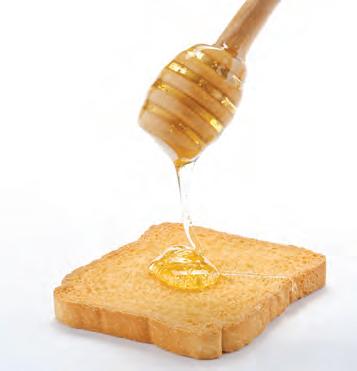

In this activity, we will plant seeds in a cup and watch them grow day by day!


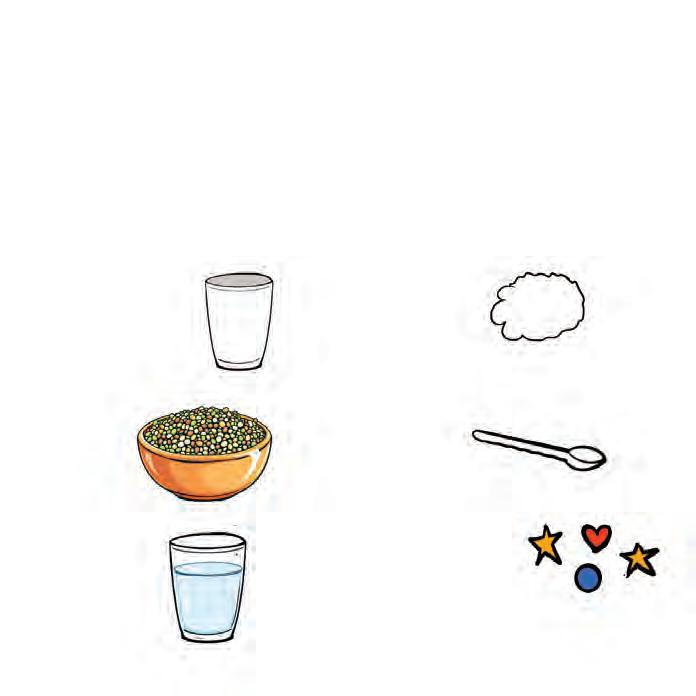


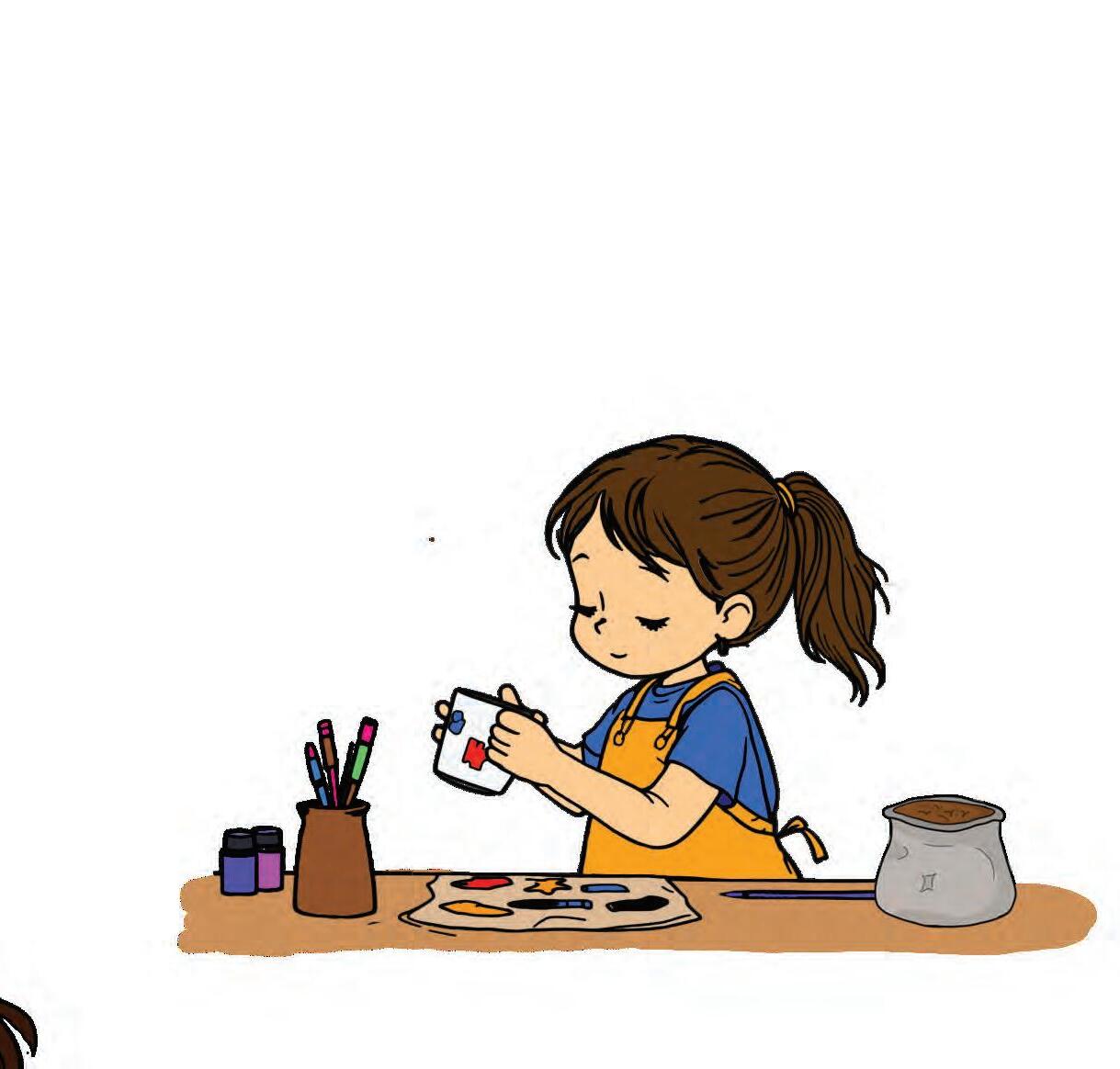
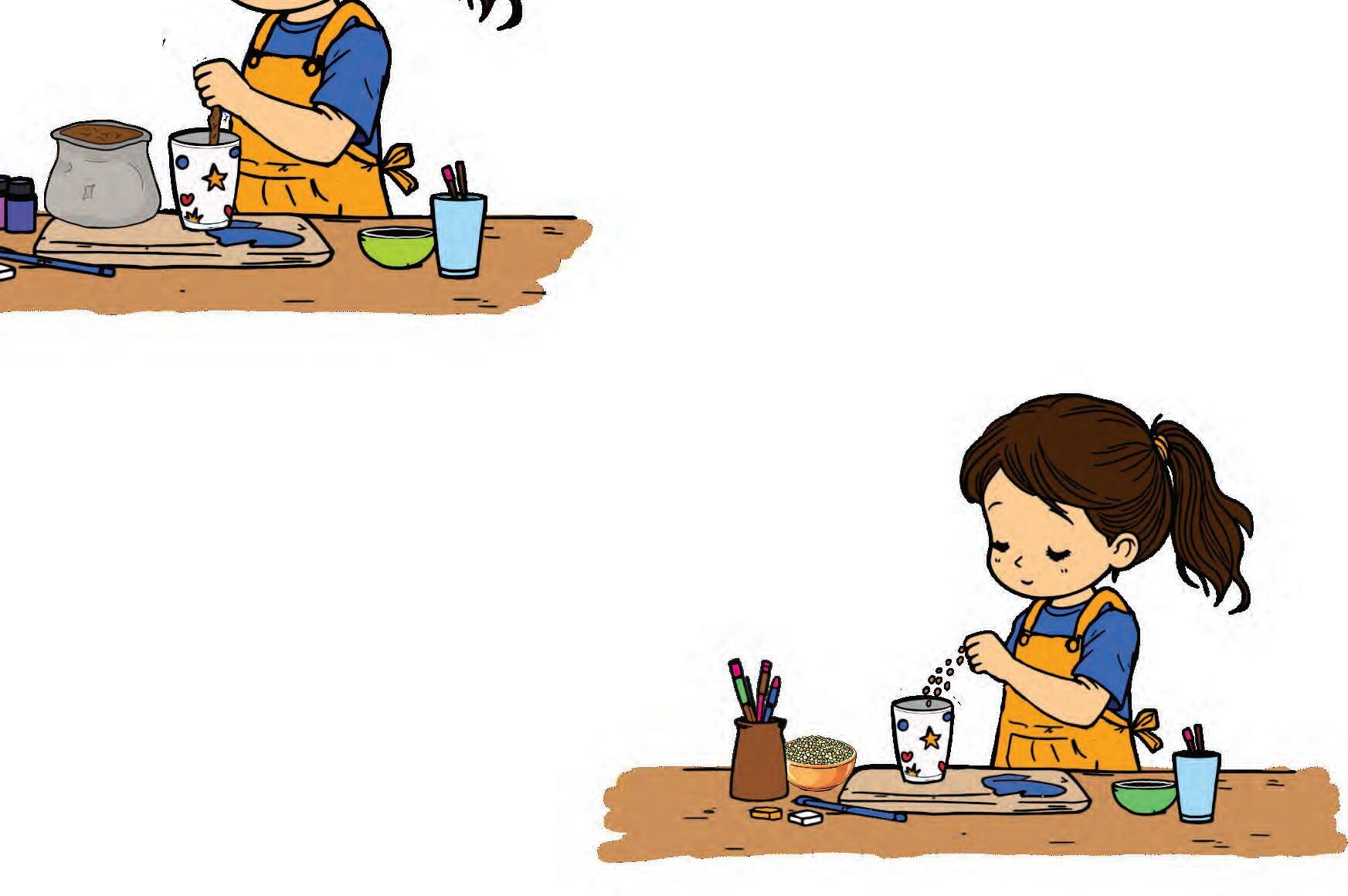

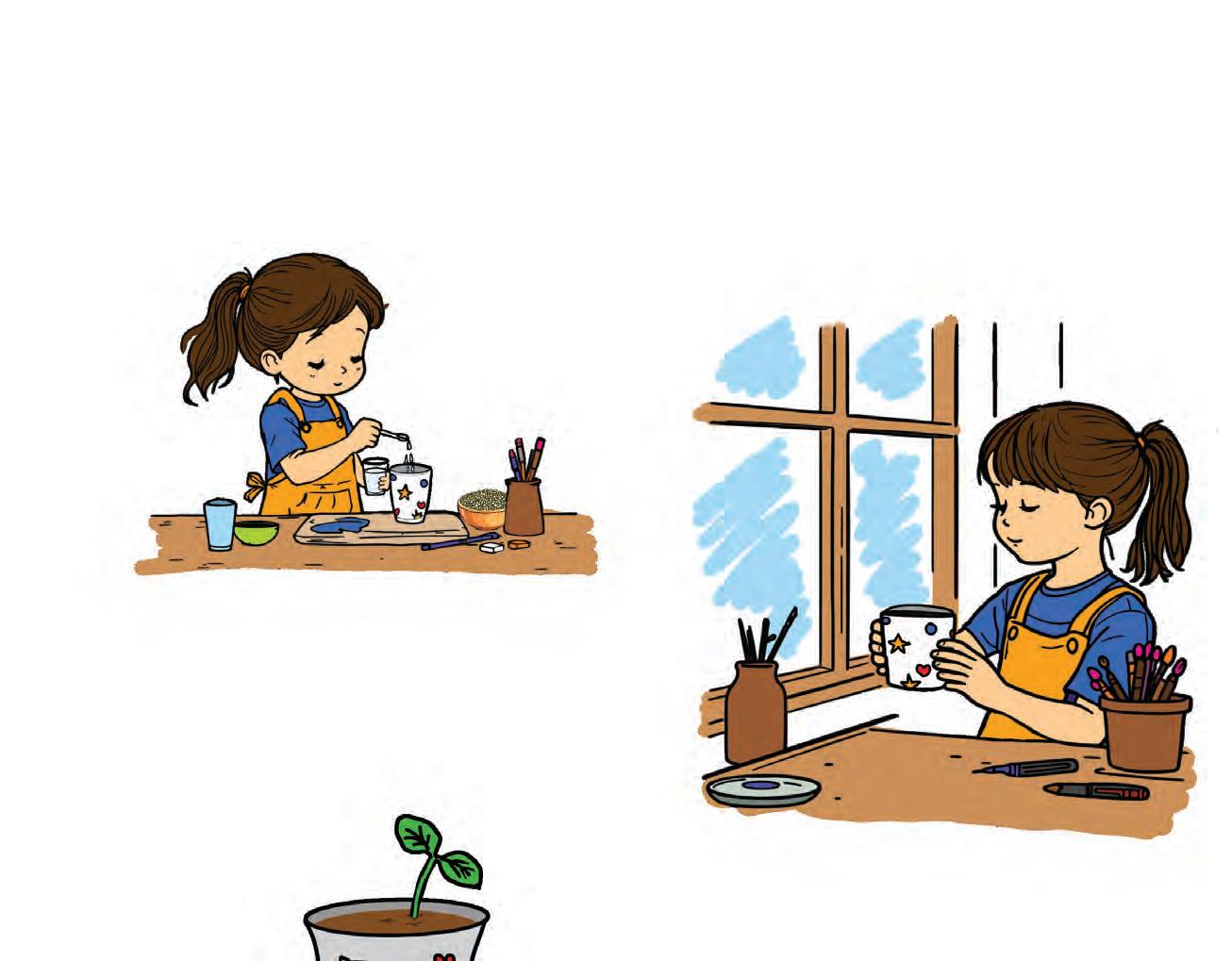

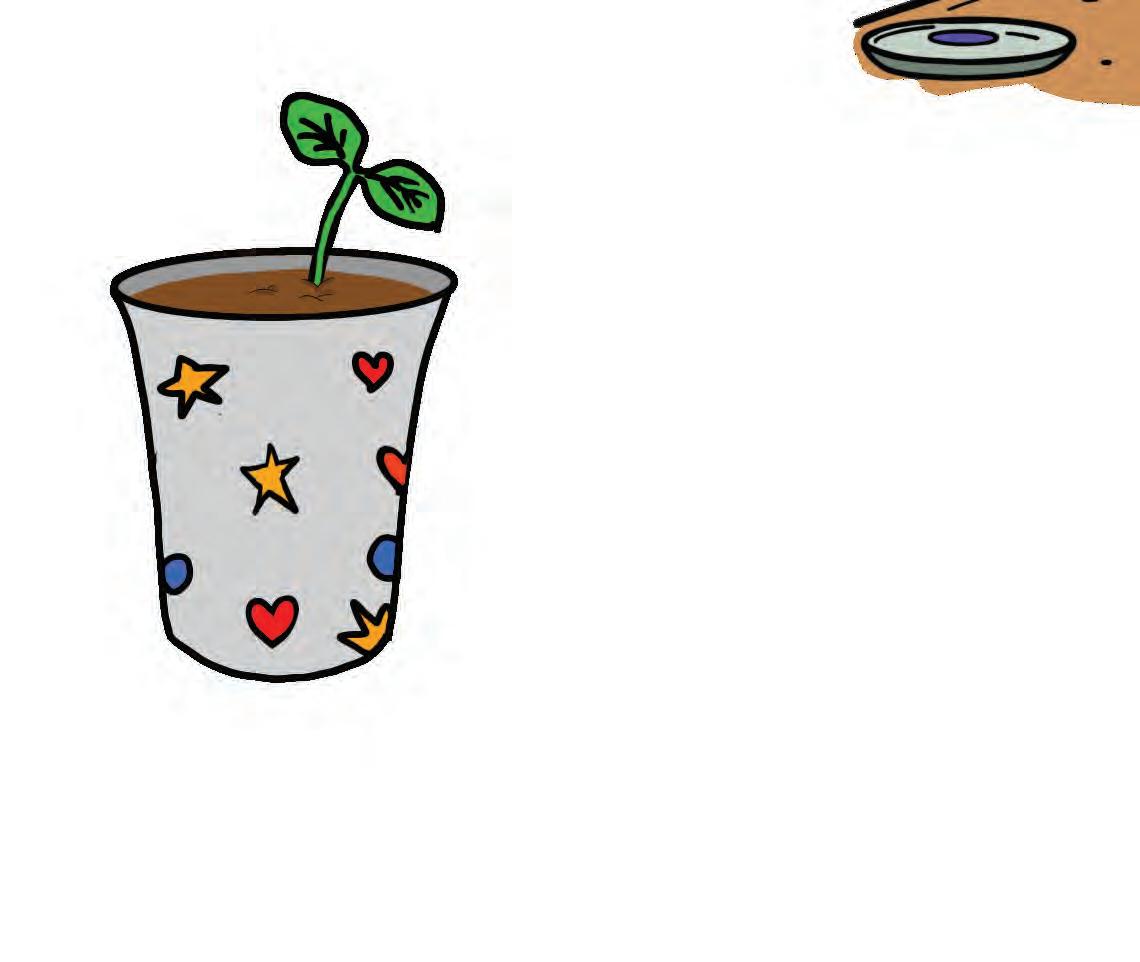

1. Colour in the plant and label its parts.
2. Fill in the blanks with the correct answer.
(a) The holds the plant in the soil.
i. leaf ii. root iii. flower
(b) The carries water to the leaves.
i. stem ii. fruit iii. seed
(c) The make food for the plant.
i. roots ii. leaves iii. flowers
i. stem ii. flower iii. root Check your learnIng!
(d) The is the colorful part of the plant.

In this activity, we will see how the speed of a toy car changes on flat and slanted tracks.
1 toy car
1 cardboard track


A few books 1.

Cut cardboard to make a rectangular racing track.

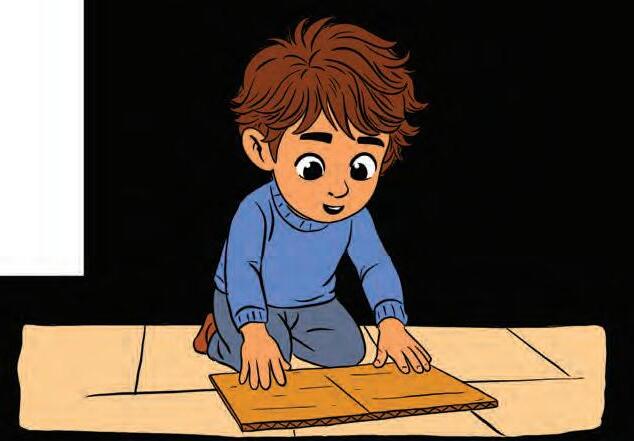
Place the track flat on the floor.
3.
Take a toy car and give it a gentle push. Watch how far and how fast it goes.
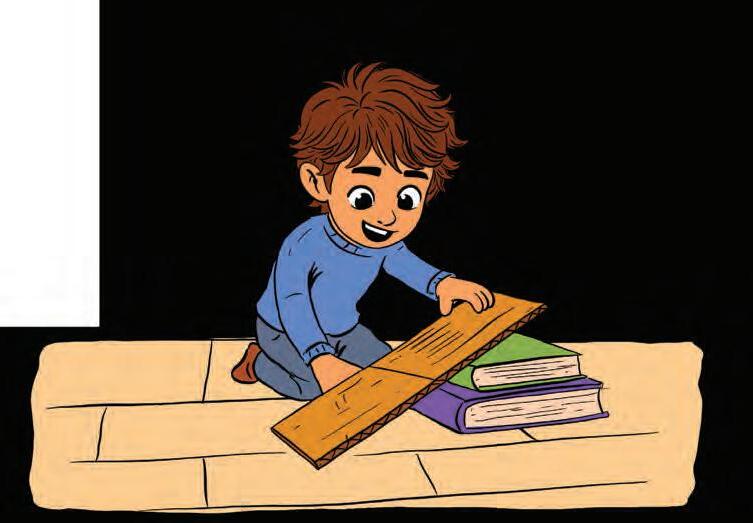

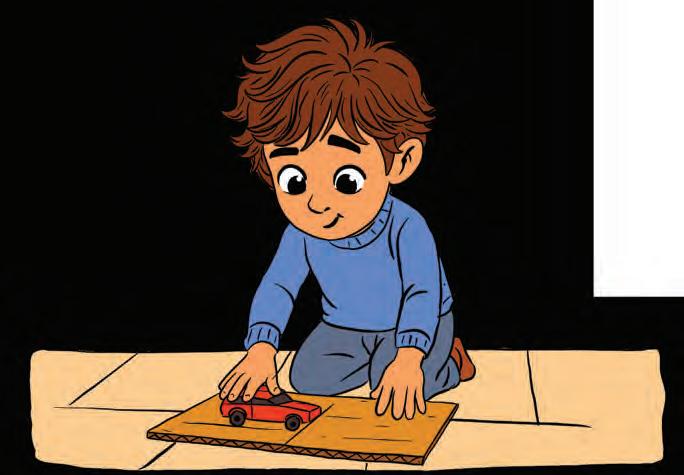
Now, put one end of the board on a stack of books to make a slope.
Watch out
Ask an adult to help you set up the slanted track, so it does not fall.
Push the toy car again from the top of the slope. See how 5.
We see slopes around us every day. Slides at the playground, ramps for wheelchairs, slanted roads on hills and ramps used to push boxes from a truck — all help things move more easily and quickly.
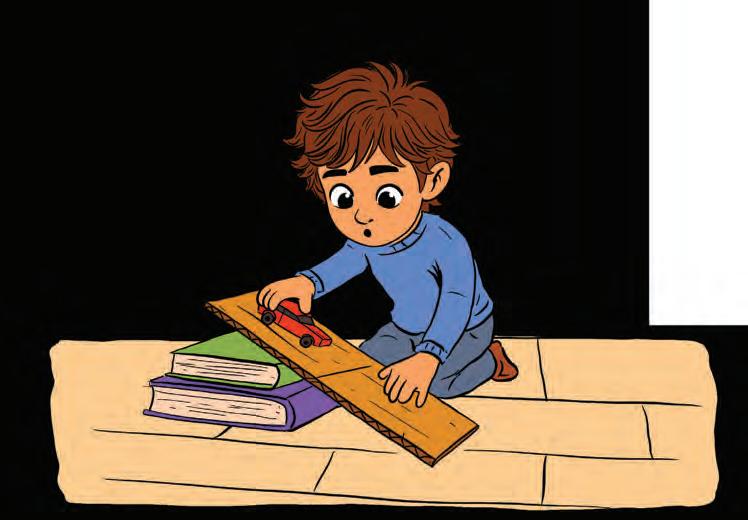

Compare your observations. Which track made the car go 6.
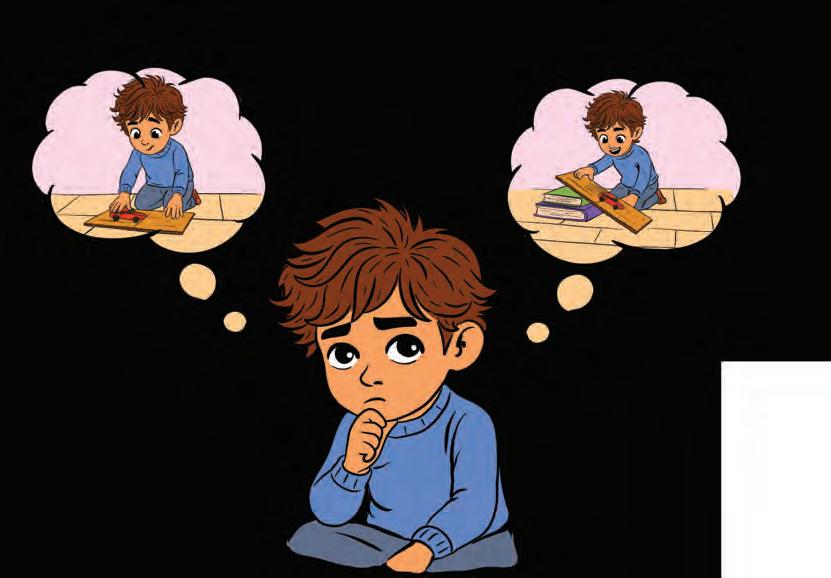
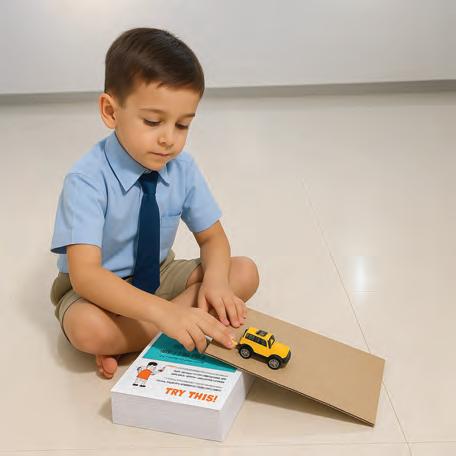
A slanted track makes the car roll faster as the slope helps it. On a flat track, it goes slower. Find Out

Change the height of the slope by adding or removing books. Roll the toy car and see how the speed and distance covered change.
1. Tick ( ) the correct answer.

B.
People use a ramp to push heavy boxes down from a truck. Why do they use a ramp?
C.
Because it makes the boxes lighter (a) (b) (c) (d)
Because it helps the boxes roll down easily
Because it lifts the boxes up
Because it stops the boxes from moving
Choose the track on which the toy car will move faster. A. A ball rolls on a sloped track. (faster/slower)

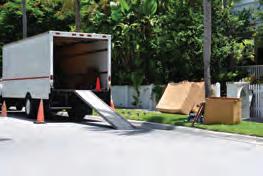
Where do we use slopes in real life? (Tick all that are correct.)
Slanted roofs of houses (a) (b) (c) (d)
Slides in the playground
Stairs in school
Ramps for wheelchairs
2. Fill in the blanks.
A ramp is a surface. (slanted/flat) (rough/smooth) surfaces help things roll more easily.


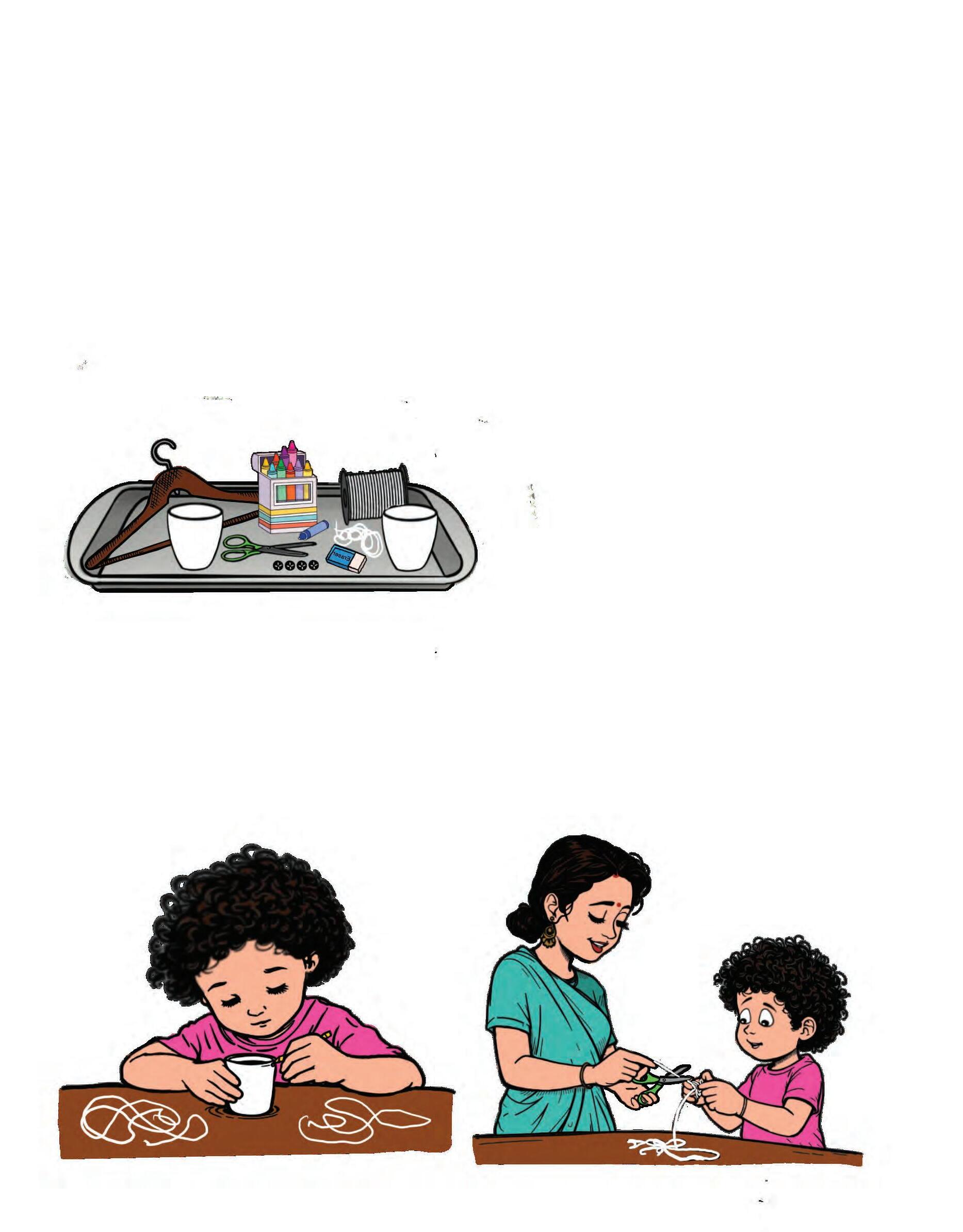








Add more things to the lighter cup until both cups are balanced. Your balance hanger is ready!
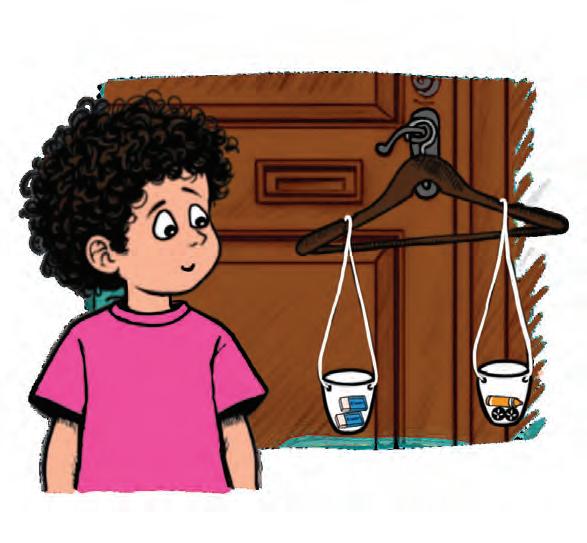
When one cup has more weight, it pulls down more and the lighter cup goes up. When both sides have the same weight, the cups stay balanced. This is how balancing works.

Find Out More!
Put the same number of different objects in the cups. Compare which object is heavier or lighter.
Find the unknown weight to balance each scale. 1.
Look at the pictures and tick ( ) the heavier one. 2.


In this fun activity, we will build a mini launcher to see how force can make an object move or fly.
1 wooden ruler (30 cm long)
1 water bottle
1 paper ball
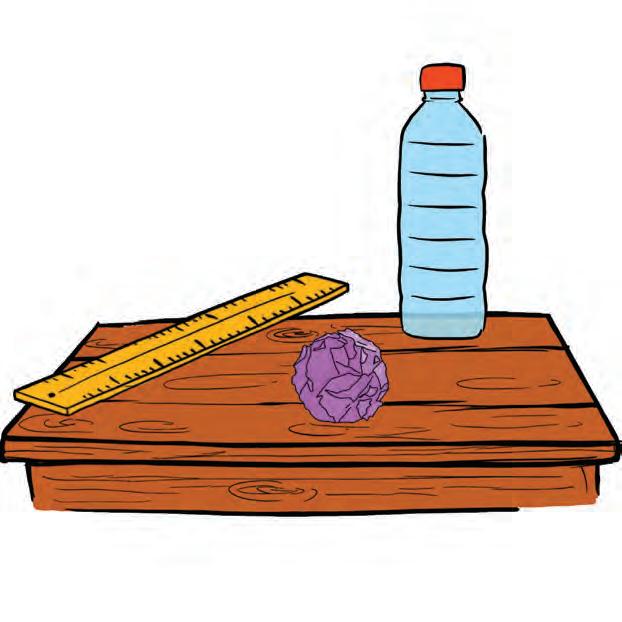


Place a wooden ruler flat on the ground. 1.
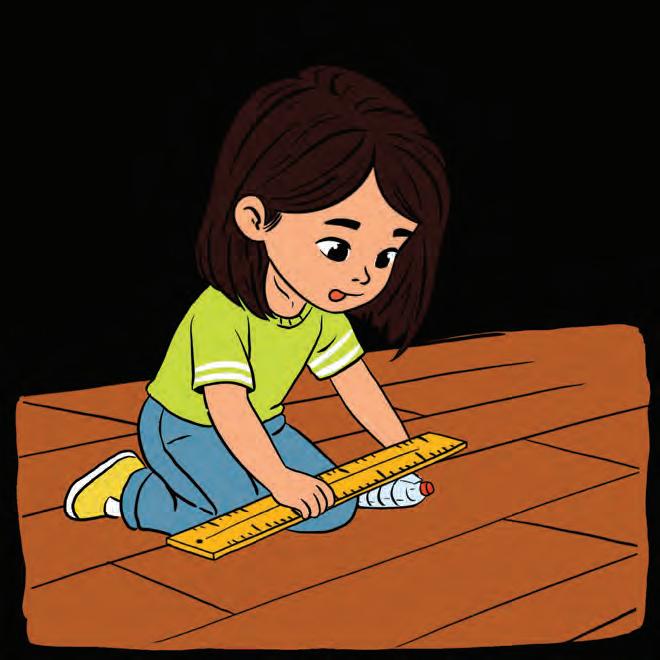
Lift one end of the ruler and place a bottle under it. You can use tape if needed to hold it in place.
Place the paper ball on the end of the ruler that is resting 3.
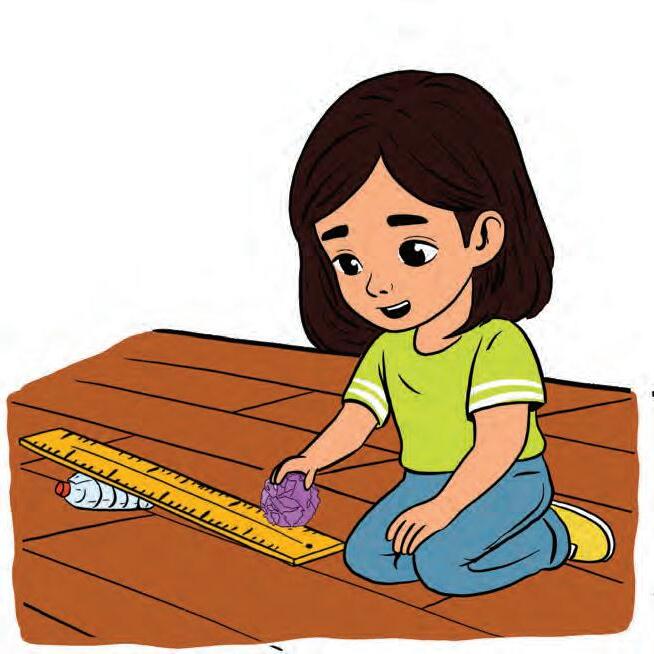

Stomp hard on the short end of the ruler that is lifted up in the air.
Watch out
Use only soft objects on the board—do not use anything hard or sharp.

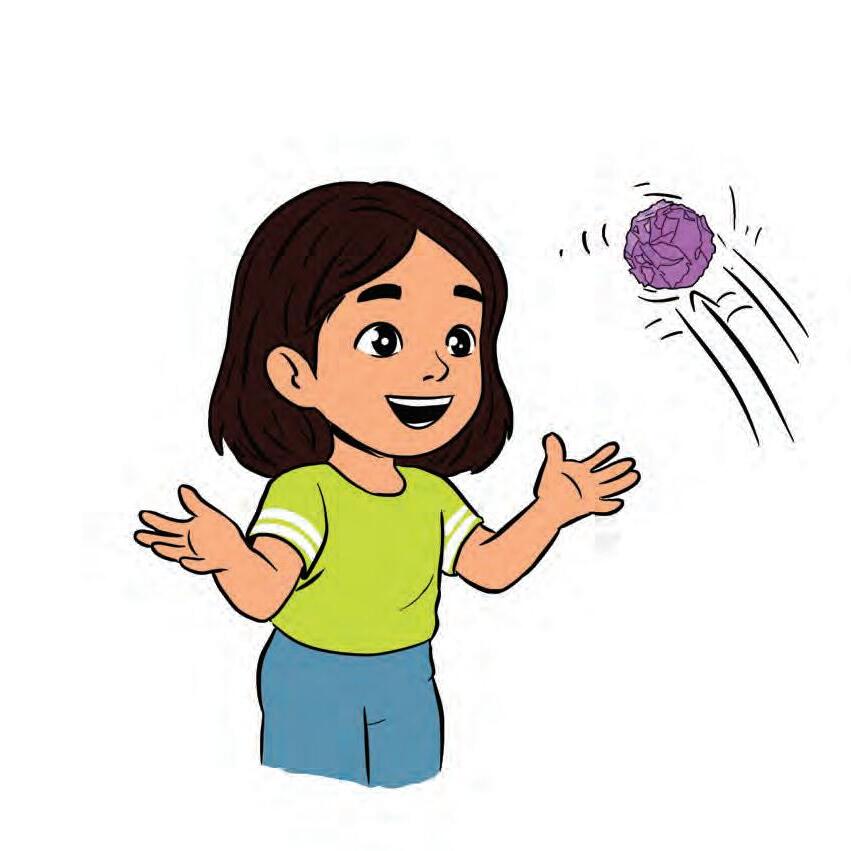
Watch the ball fly up in the air. Try to catch it! 5.
When you press down on one side of the ruler, the other side of the ruler goes up quickly. As it moves up,it pushes the ball into the air. The bottle in the middle acts as a support to make the launcher work.
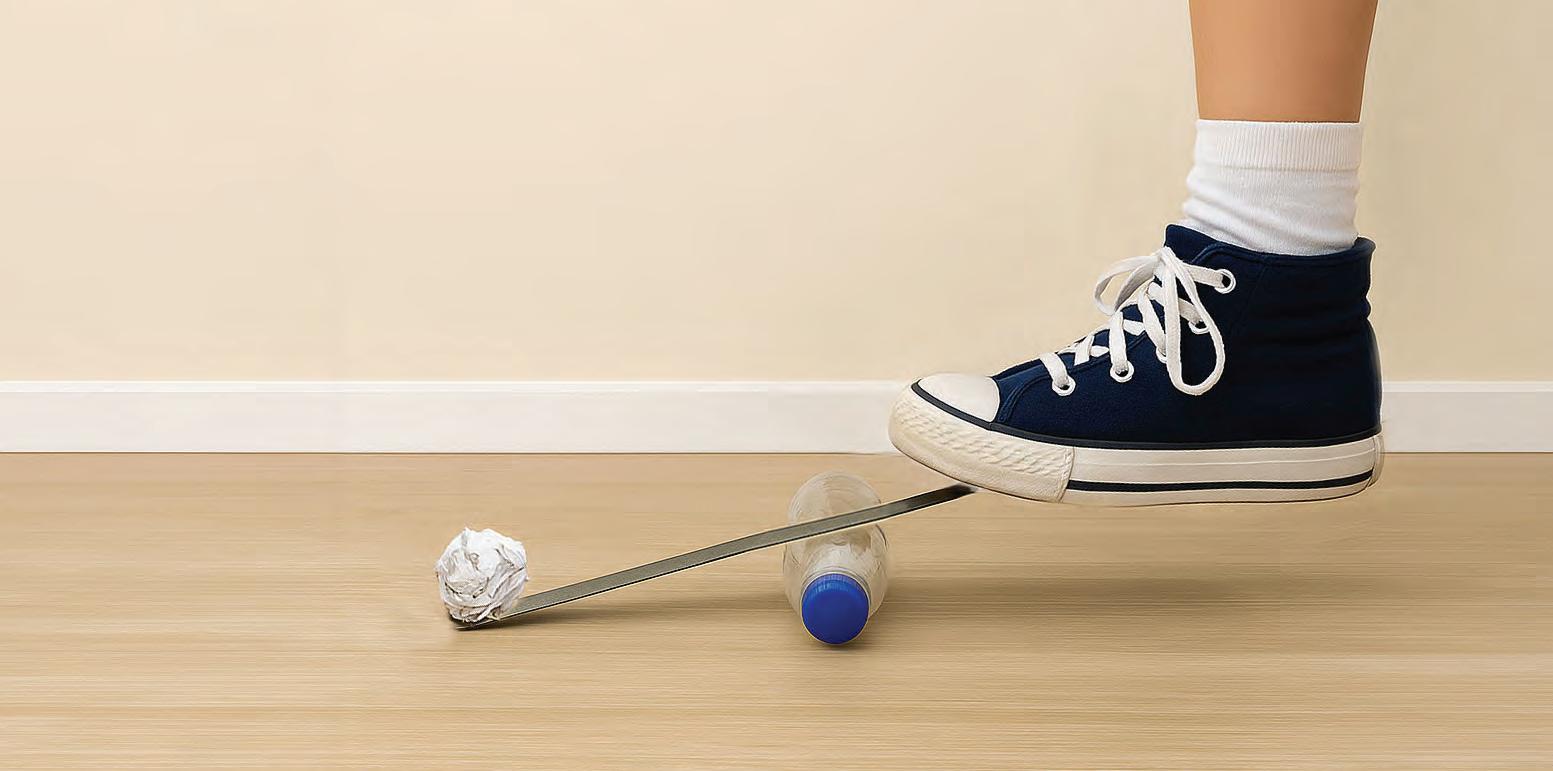
Try to use different items like a sponge, an eraser or a cotton ball. Find out which one flies the highest.
1. Look at the objects below. Tick the ones you think will fly the highest if placed on the stomp board.
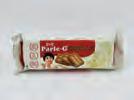
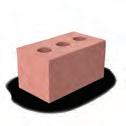


2. Match the objects and their role in the activity.
Column A
Water bottle
Paper ball Foot Ruler


Column B
Gives a push to the ruler
Support that holds up the ruler
Flies into the air when you stomp The object you stomp on
3. Help Rahul draw arrows in the given diagram to show:
The direction in which the push is applied
The direction in which the object moves

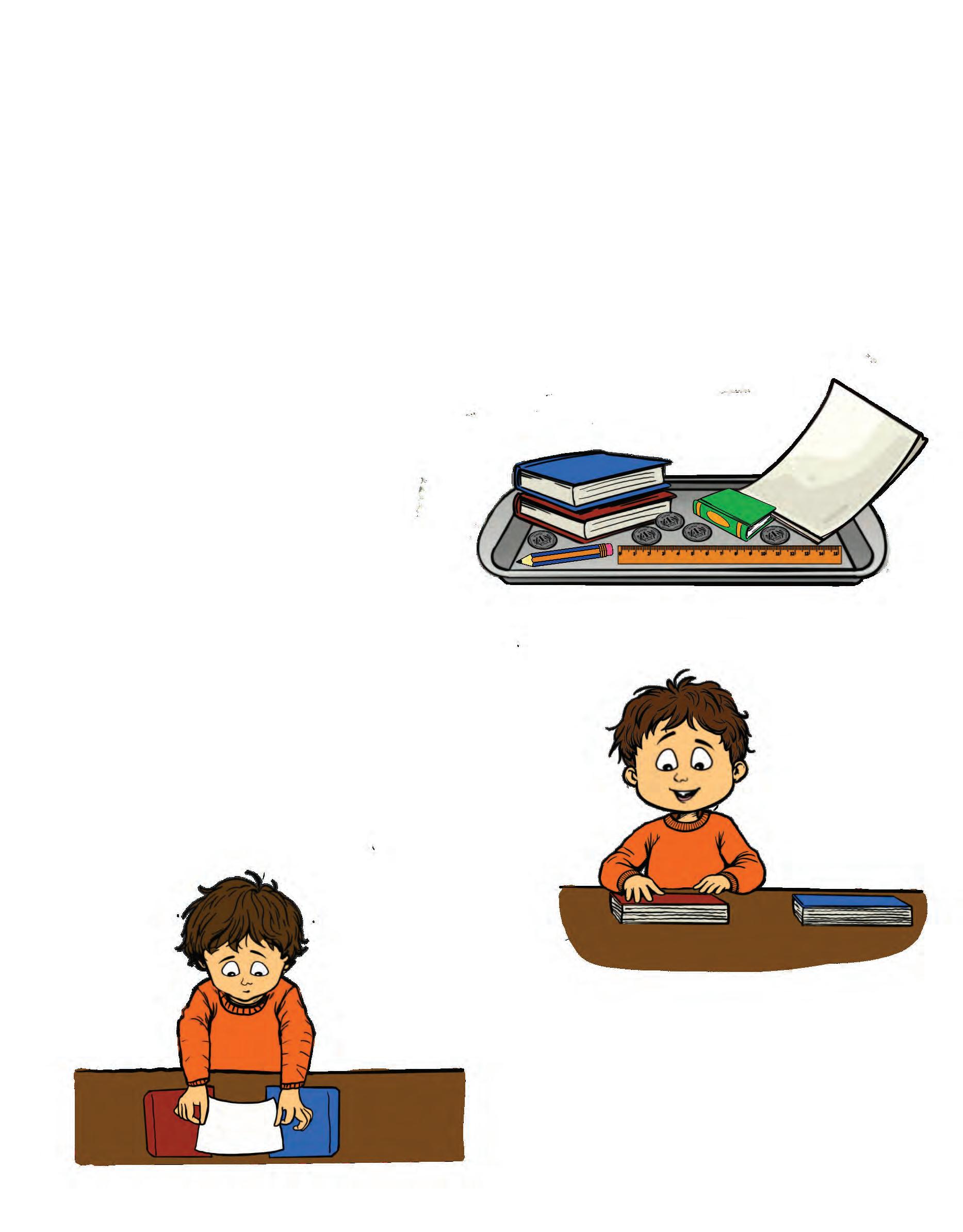


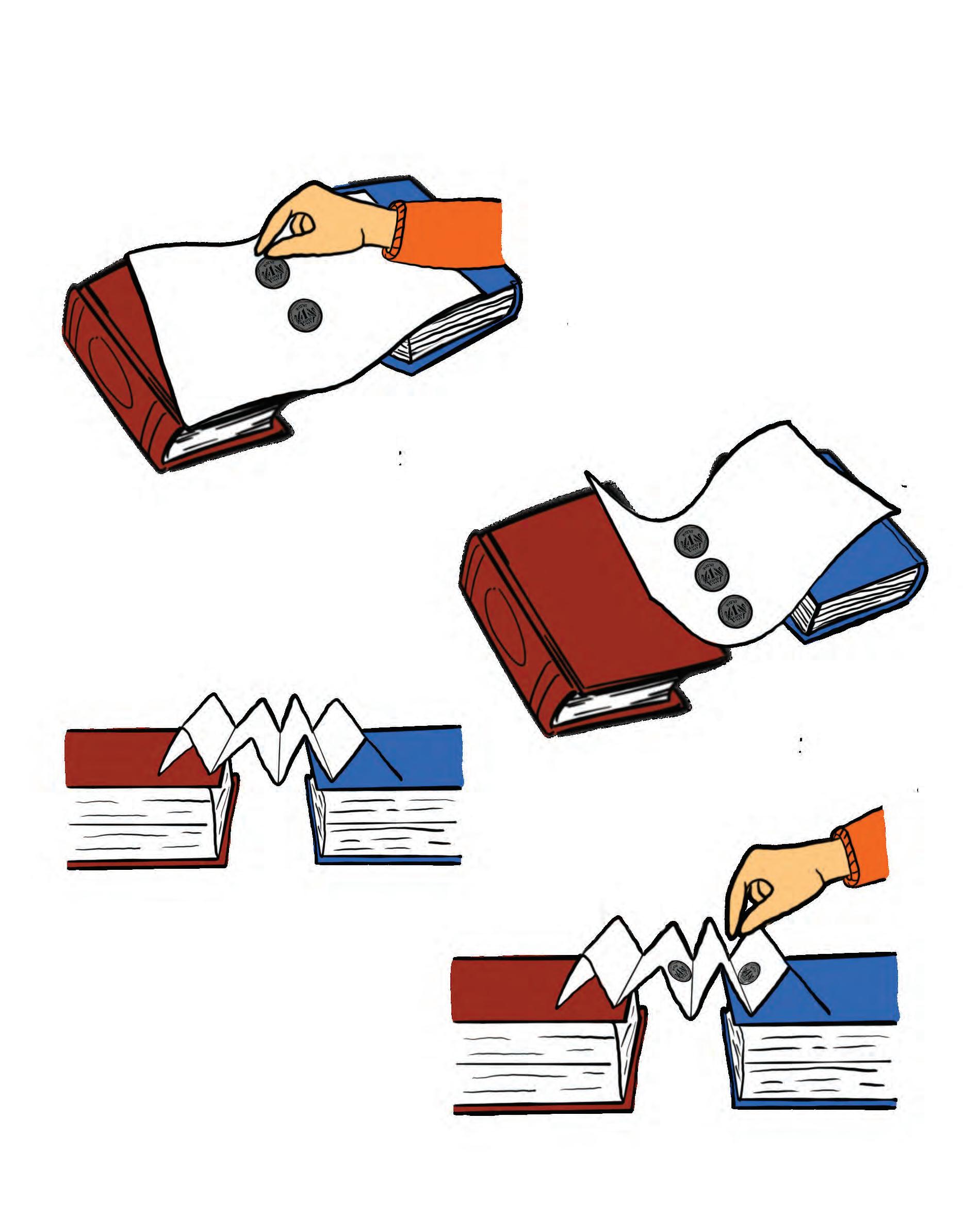

Real-lIf e Conn ect
Engineers use strong shapes like curves and folds while designing bridges to make them strong and safe for us to travel across.





Count how many coins the folded bridge could hold. Write the number in your notebook.
Different shapes hold weight in different ways. A zig-zag paper has ridges that help spread the weight evenly, making it stronger. A flat sheet of paper bends quickly because it lacks support.

Find Out More
Try to make your bridge stronger by placing curved paper shapes under it. Now add coins and see if it holds more!
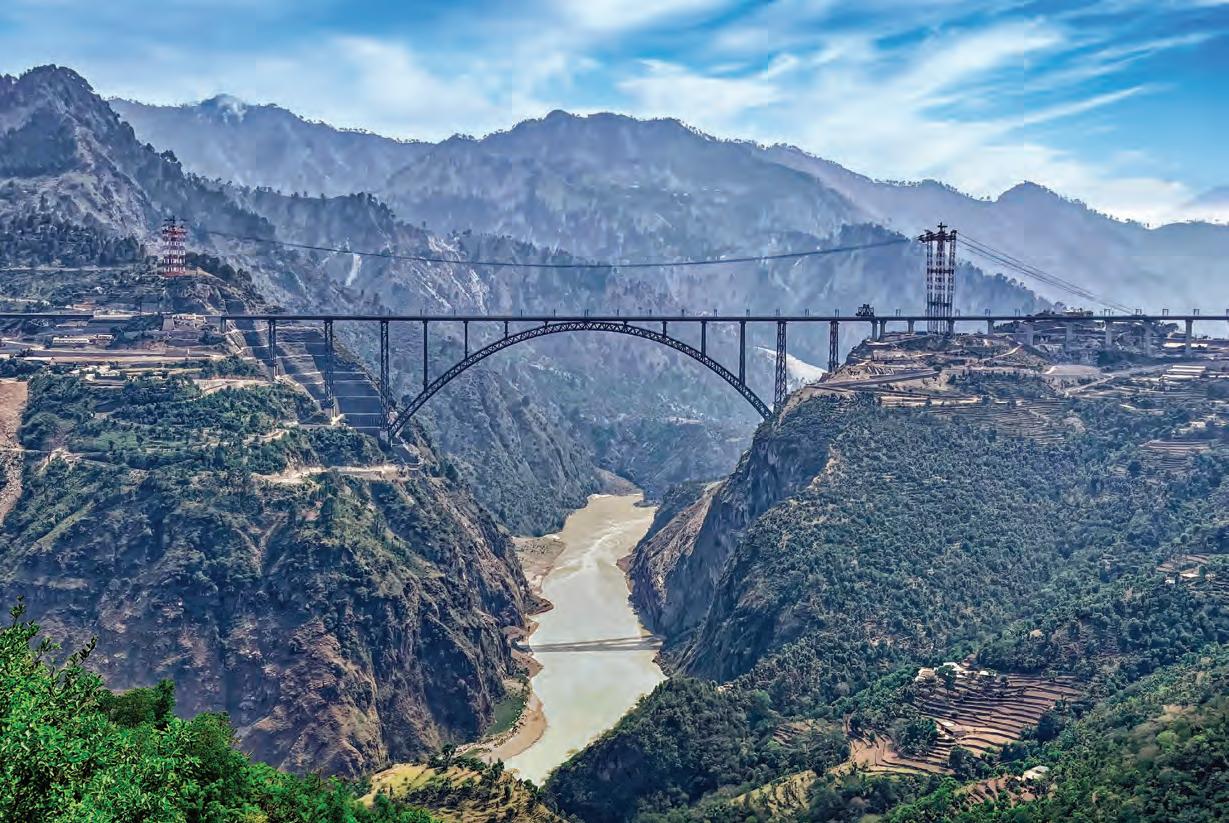
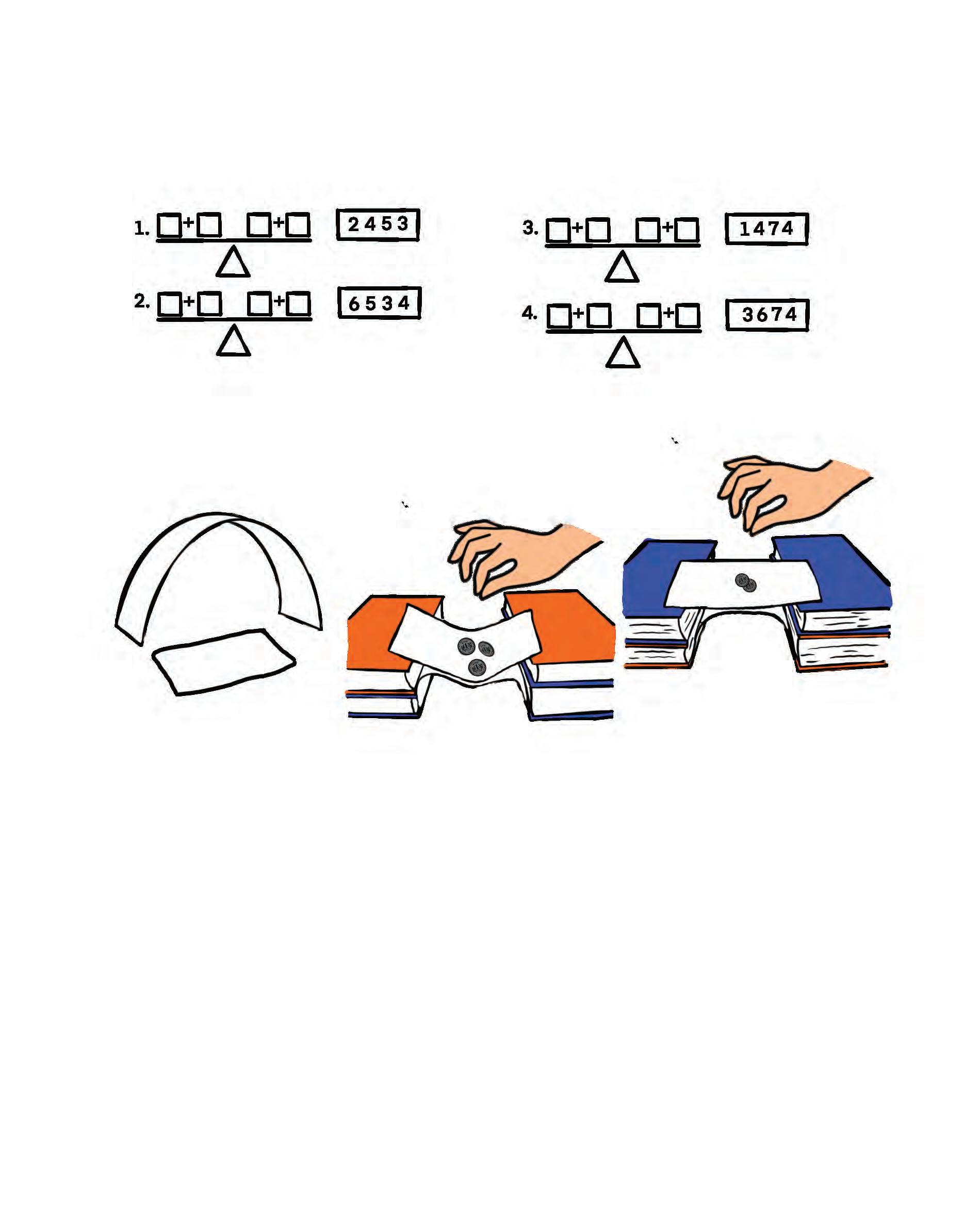


In this activity, we will create a colourful flower vase using old ice cream sticks.
50 ice cream sticks
Glue
Water colour Stickers (optional)

Lay 8 ice cream sticks side by side. Glue two more sticks across the top and bottom to hold them together. 1.
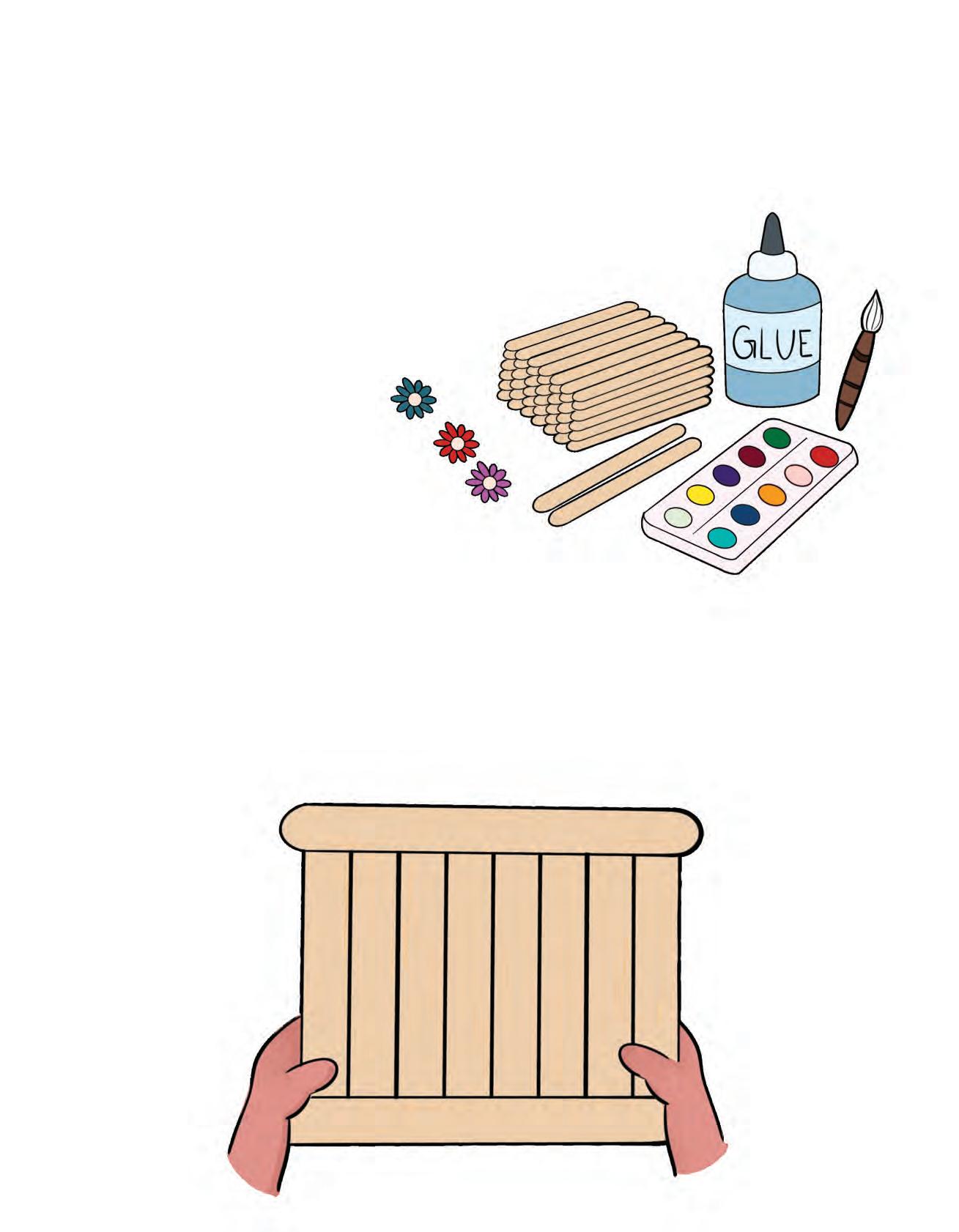

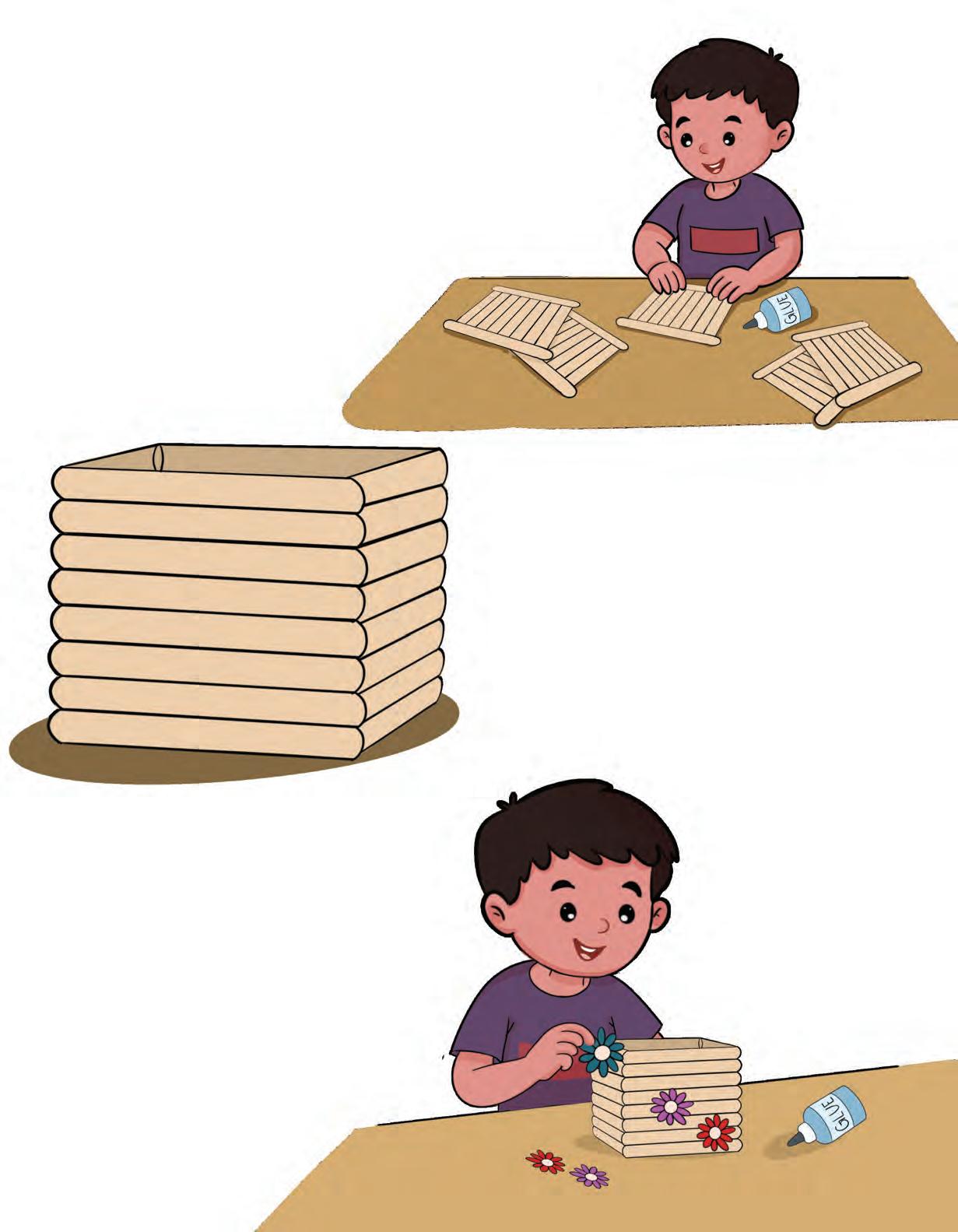


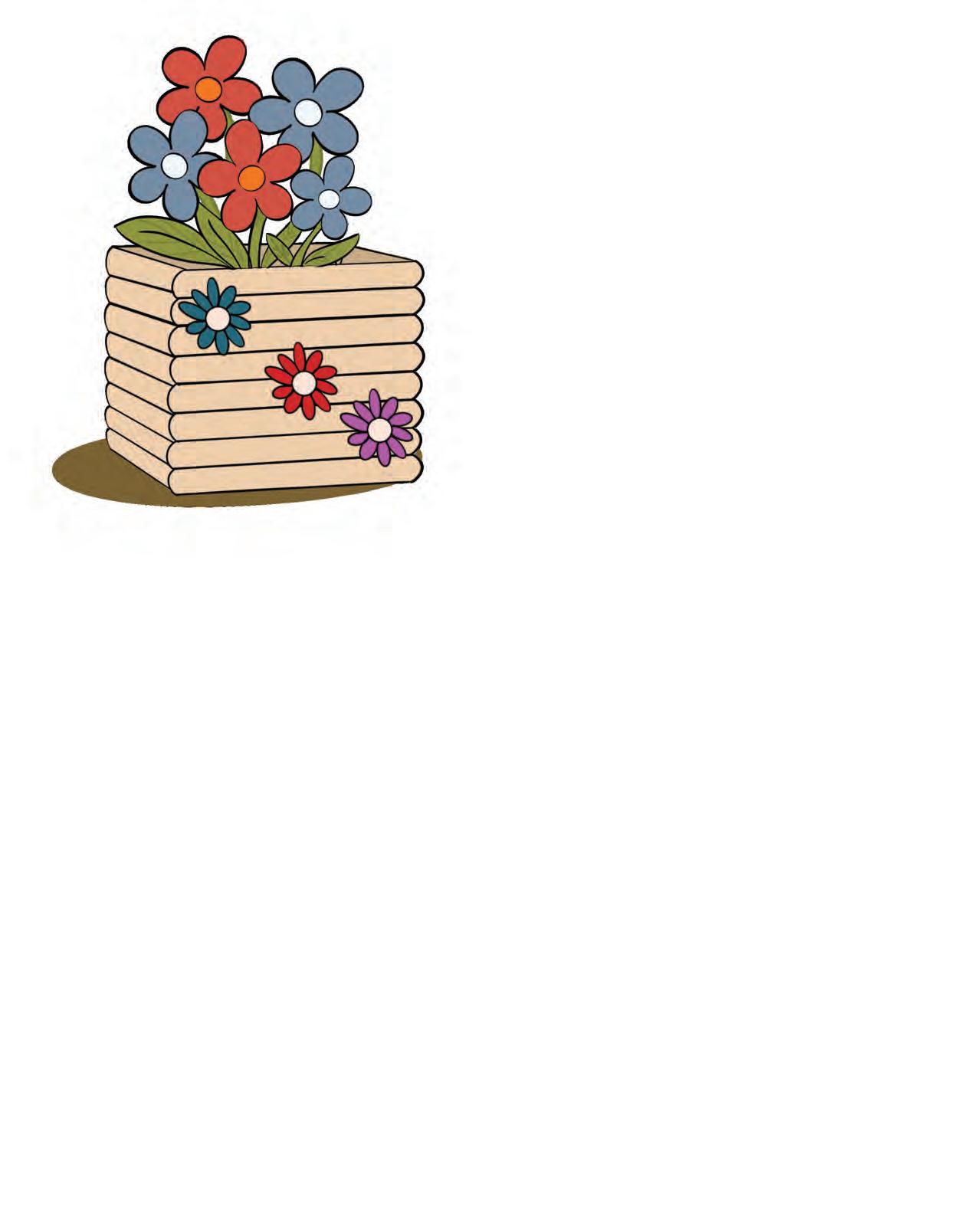
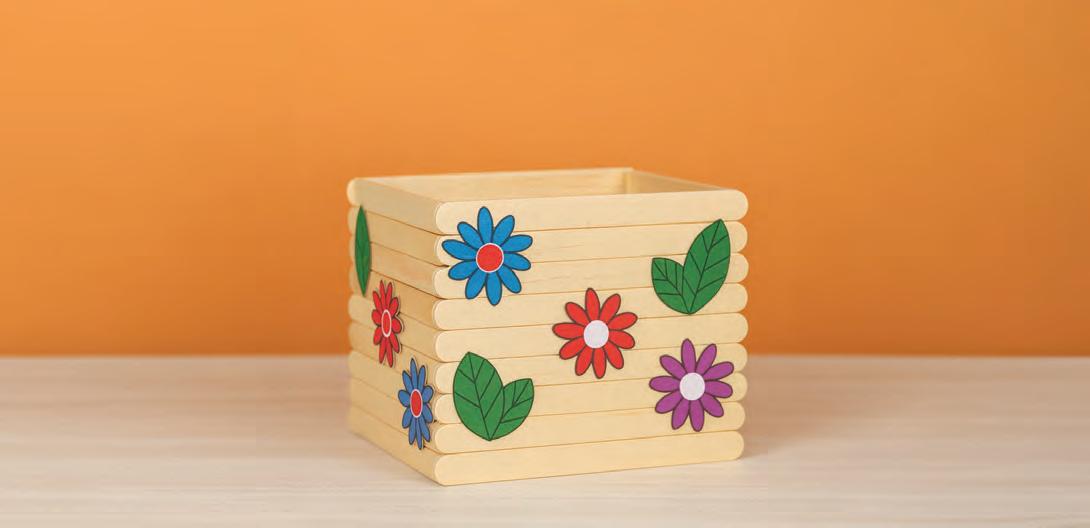
Check your learnIng!
1. Tick ( ) the correct answer.
A. If each side of vase is made of 8 sticks. How many sticks are used for the whole vase?
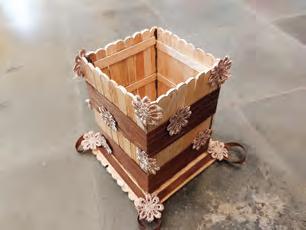
B. Colour the picture.
2. Look at the two pictures carefully. Find and circle the 5 differences between them.


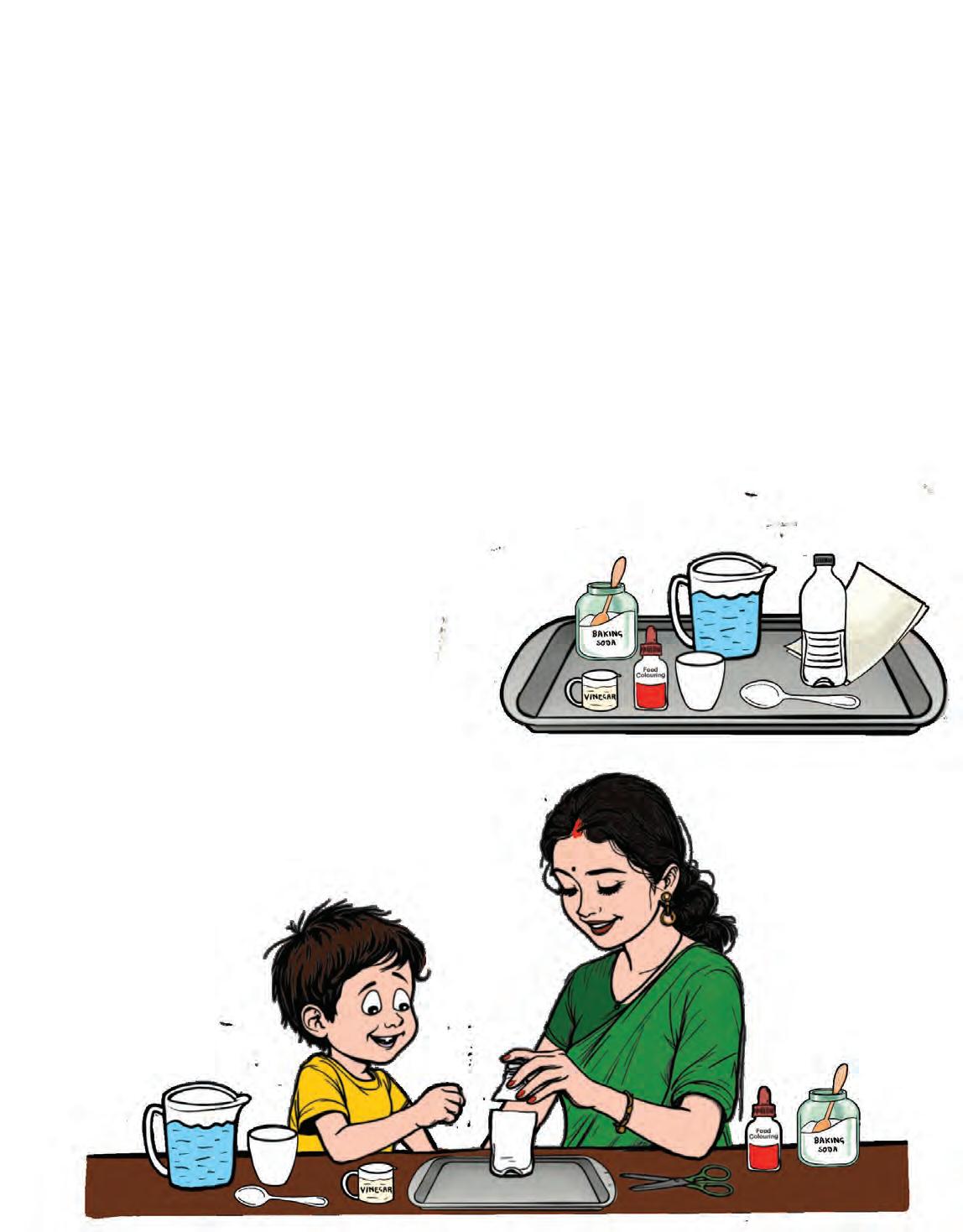

Cut a bottle in half with an adult's help. Place it on a tray.






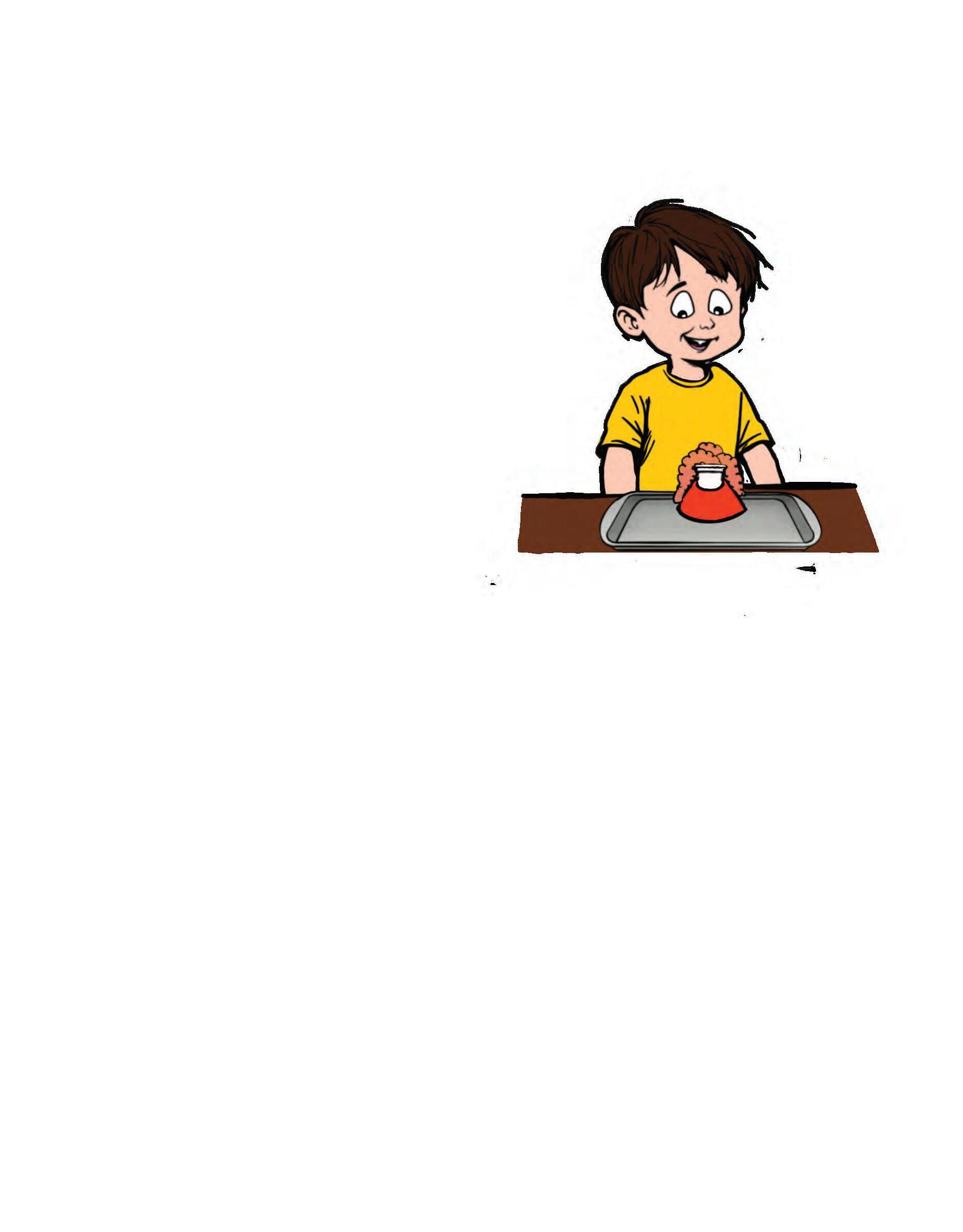
Pour the red mixture into the bottle slowly using a cup. Watch the volcano fizz and red bubbles come up like lava! 5.
Do not touch the red liquid. Wash your hands after the activity.
When we mix baking soda and vinegar, they make a gas. This gas pushes the red liquid up and makes the volcano erupt with lots of bubbles.

Try using different colours like orange, green or blue and watch your colourful volcano erupt.
1. Think and write.
I am a mountain that can blow, With red-hot lava in a flow. What am I?
2. Tick ( ) the correct answer.
A. What comes out of a volcano?
(a) Ice (b) Lava
(c) Water (d) Soap
B. What makes the bubbles come out of a soda bottle?
(a) Water (b) Oil
(c) Juice (d) Gas
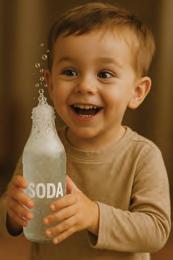
3.
Meena added baking soda to her volcano and wrapped it nicely with coloured paper. Then she added water and red colour inside the volcano but nothing happened. What did Meena forget to add?
A. Water
B. Vinegar
C. Glue
D. Dish soap


In this activity, we will make a straw plane and see how far it can fly.
• One origami sheet
• A ruler
• A pair of scissors
• 1 plastic straw
• Tape

1. Ask an adult to cut two paper strips — one long and the other half the length of the first. Both should have the same width.
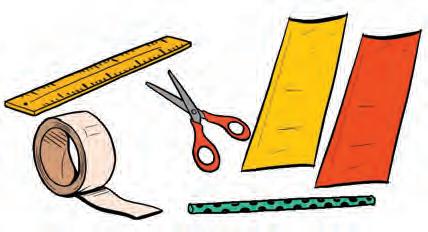
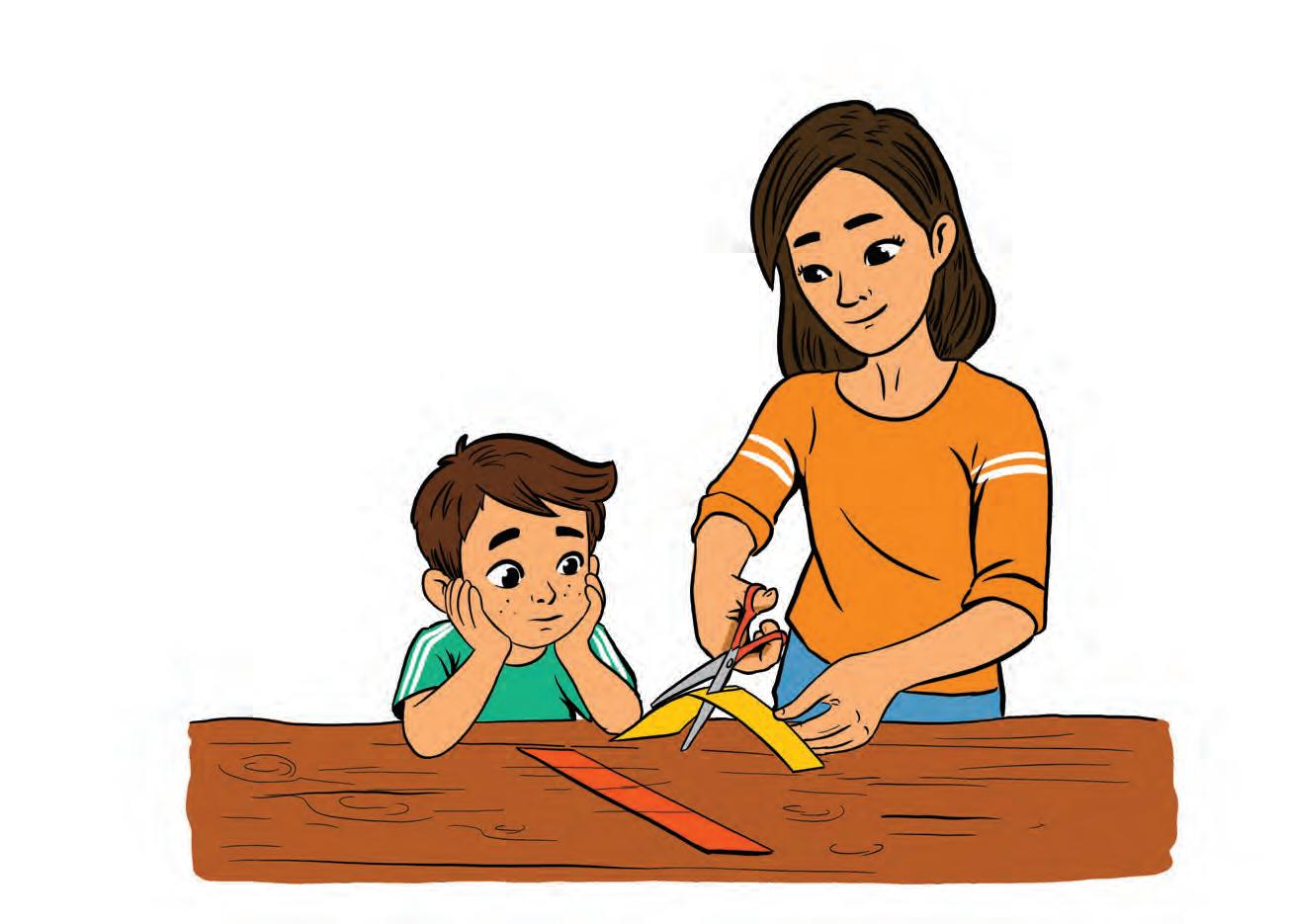

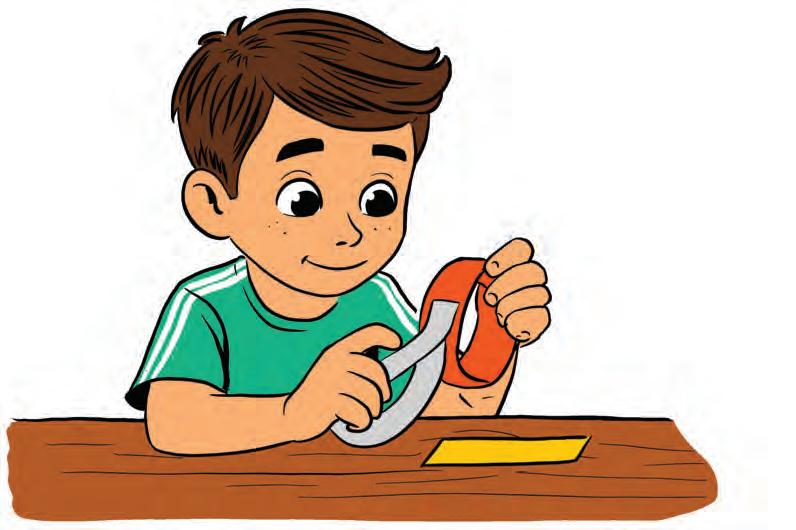
3.
Tape the big circle to one end of the straw and the small circle to the other end.
Roll and tape the ends of each strip to make two


Hold the straw in the middle.
Watch out
Throw your straw plane in open space. Don’t aim at people or things.

5. Give the straw plane a gentle throw and measure how far it goes.
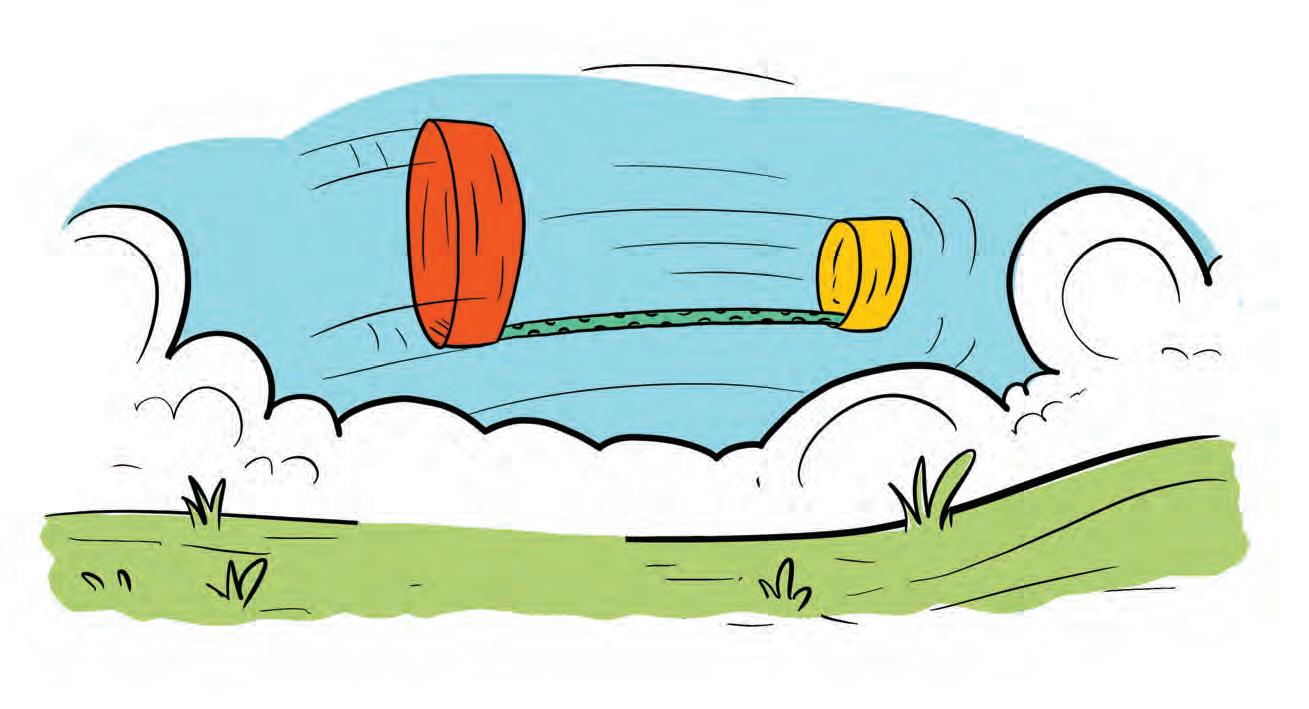

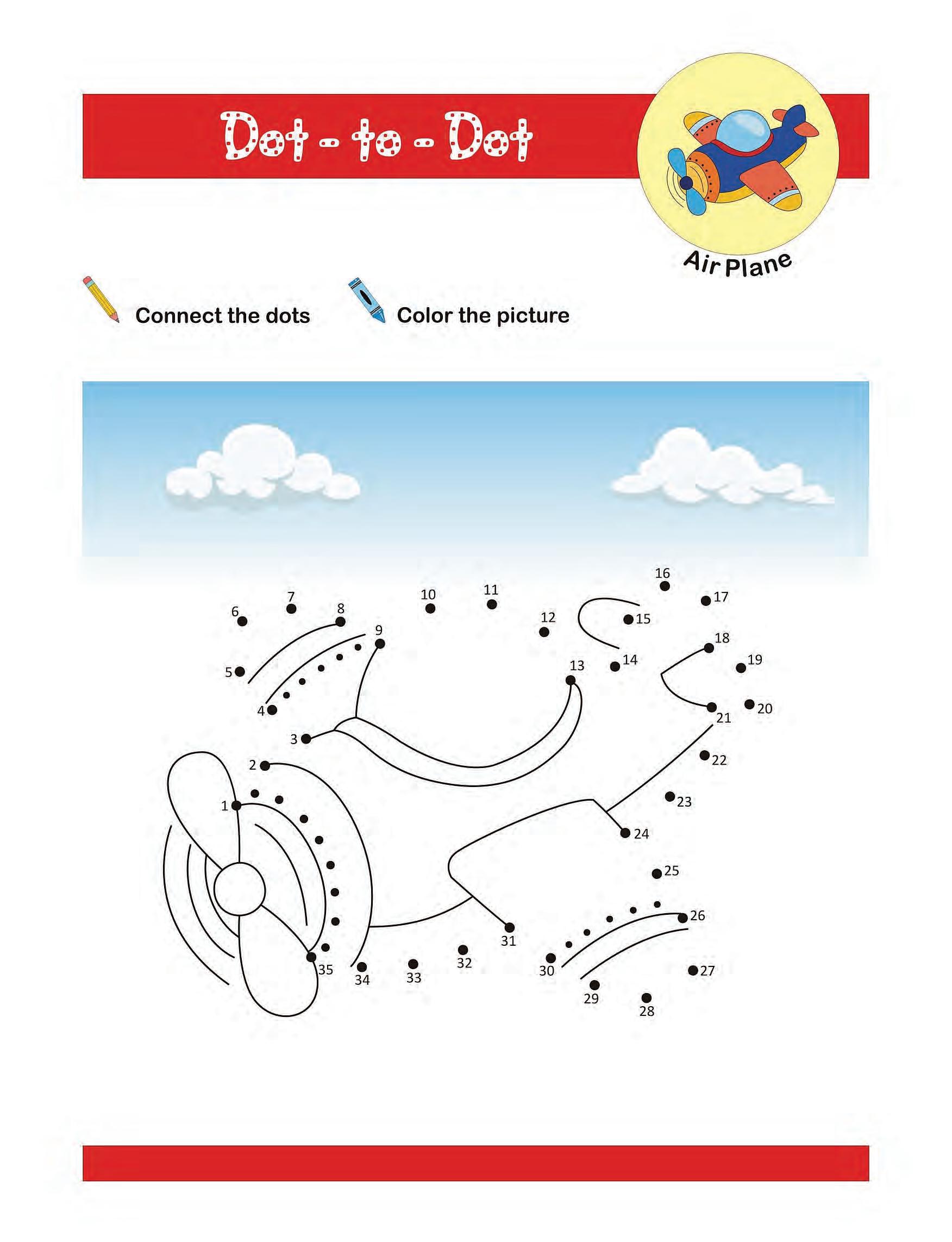
Coloured sheet for activity on page 73
Coloured sheet for activity on page 33
Coloured sheet for activity on page 77
STEM Exploration is thoughtfully designed to make learning a joyful journey of discovery through hands-on activities and real-world applications. Aligned with the NEP 2020 and the NCF 2022–23, it promotes experiential, multidisciplinary, and competency-based learning. By integrating Science, Technology, Engineering, Art and Mathematics (STEAM), it supports holistic development, builds essential 21st-century skills and empowers learners to contribute to a sustainable and equitable future in line with the UN Sustainable Development Goals (SDGs).
• STEAM Alignment: Activities integrate Science, Technology, Engineering, Arts and Mathematics encouraging interdisciplinary connections
• Hands-on and Inquiry-Based Learning: Activities spark curiosity through exploration, observation and experimentation, helping learners develop scientific temper, creativity and problem-solving skills
• Digitally Powered: QR codes link to experiment videos for visual and self-paced learning
• Easy-to-Access Resources: Use of safe, low-cost and accessible materials with clear instructions for easy execution
• Real-World Connections: Activities and worksheets link concepts to daily life and local contexts ensuring meaningful and practical relevance
Uolo partners with K-12 schools to provide technology-enabled learning programs. We believe that pedagogy and technology must come together to deliver scalable learning experiences that generate measurable outcomes. Uolo is trusted by over 15,000+ schools across India, Southeast Asia and the Middle East.
ISBN 978-93-49697-05-8



